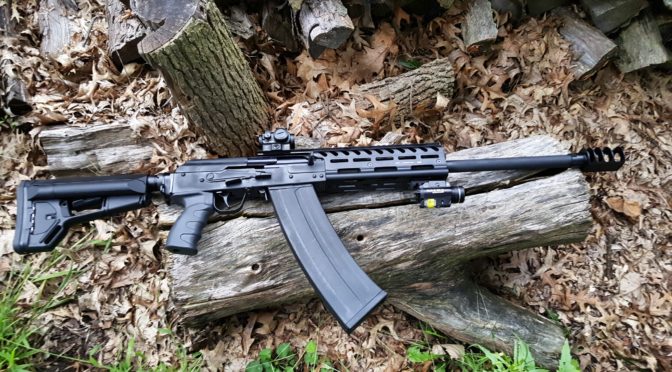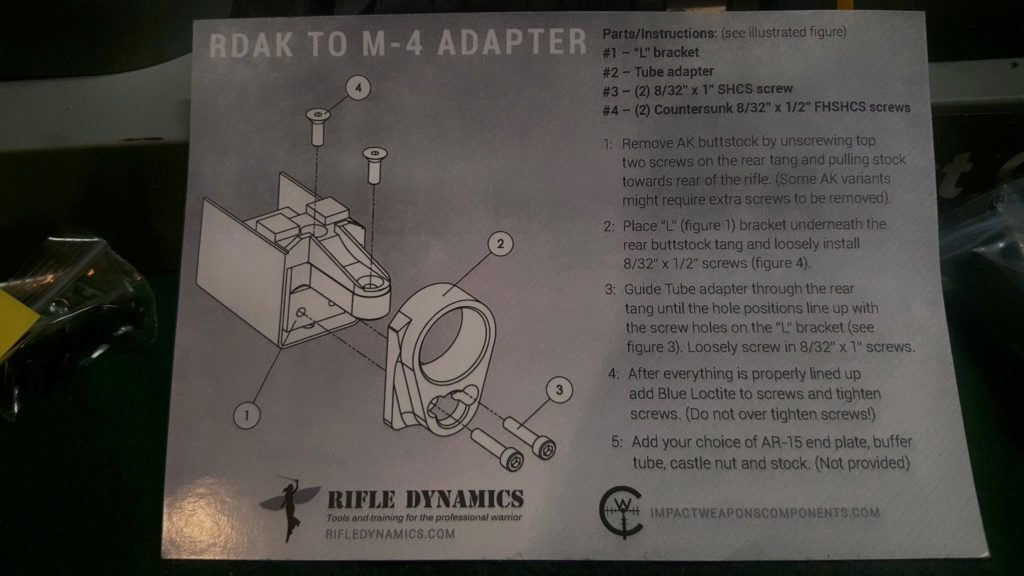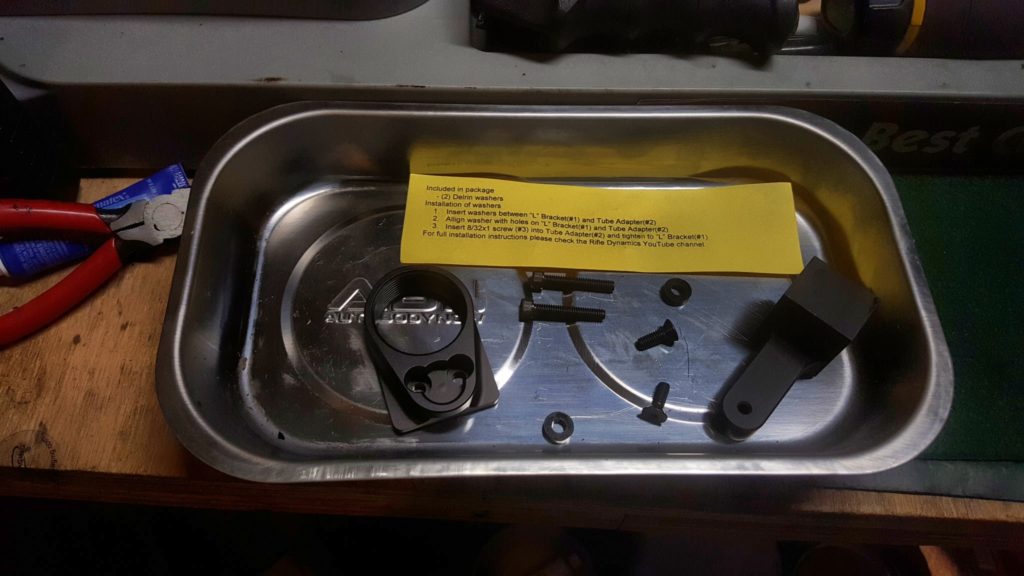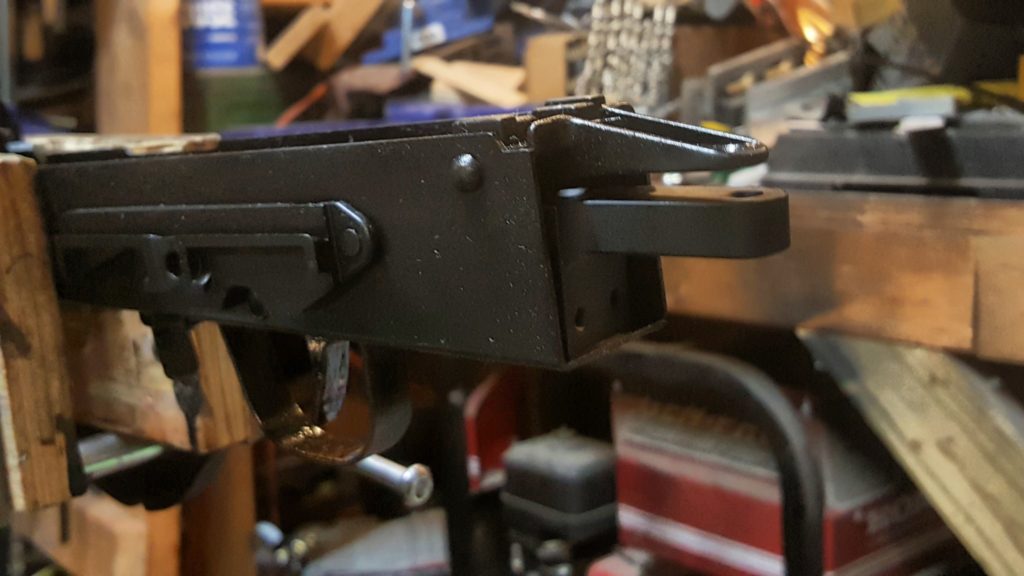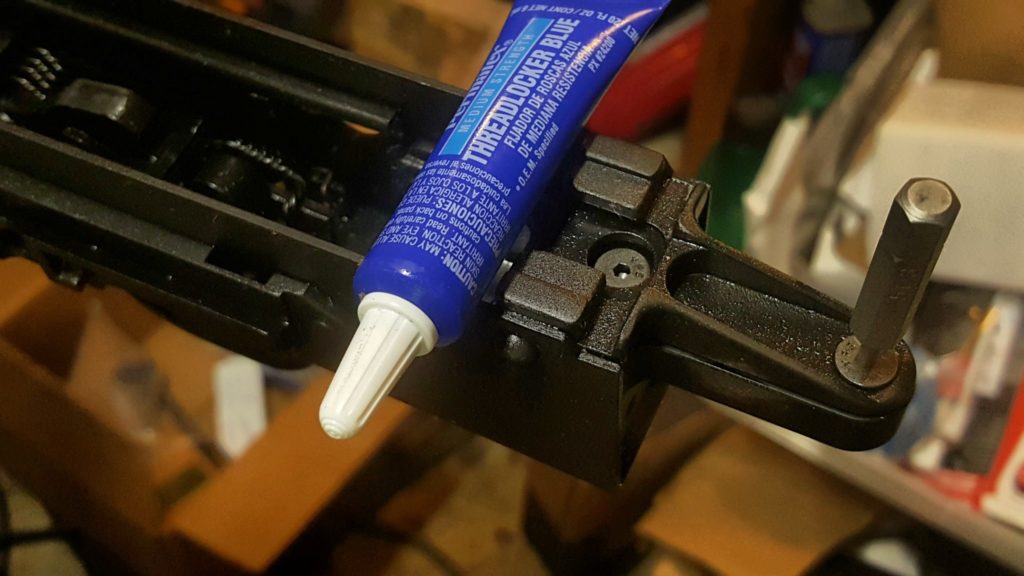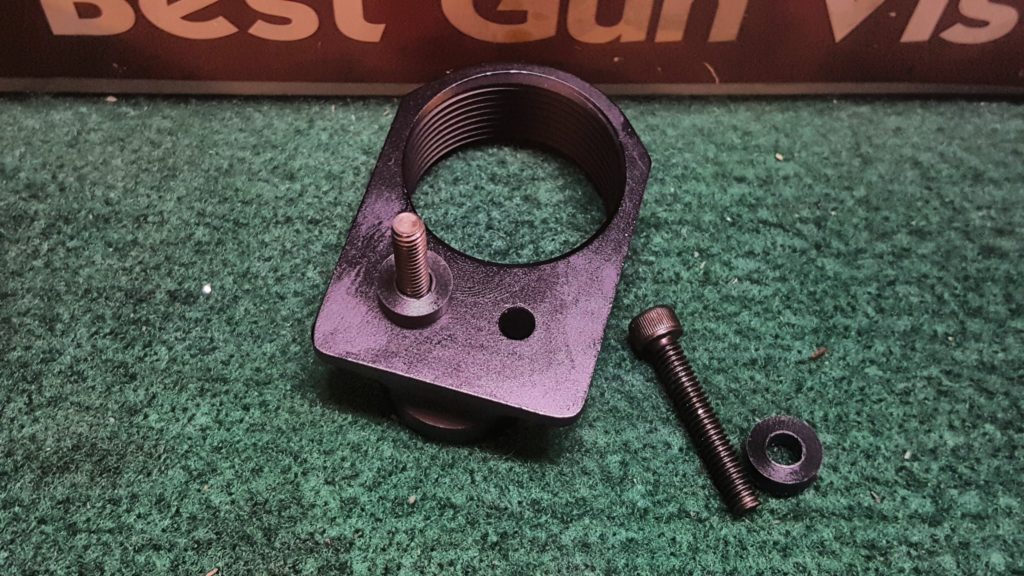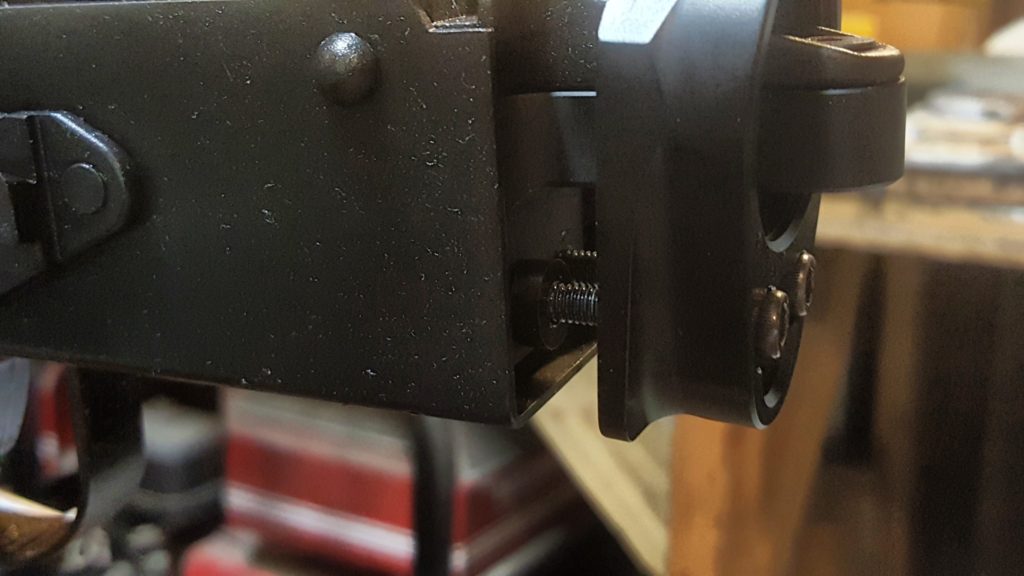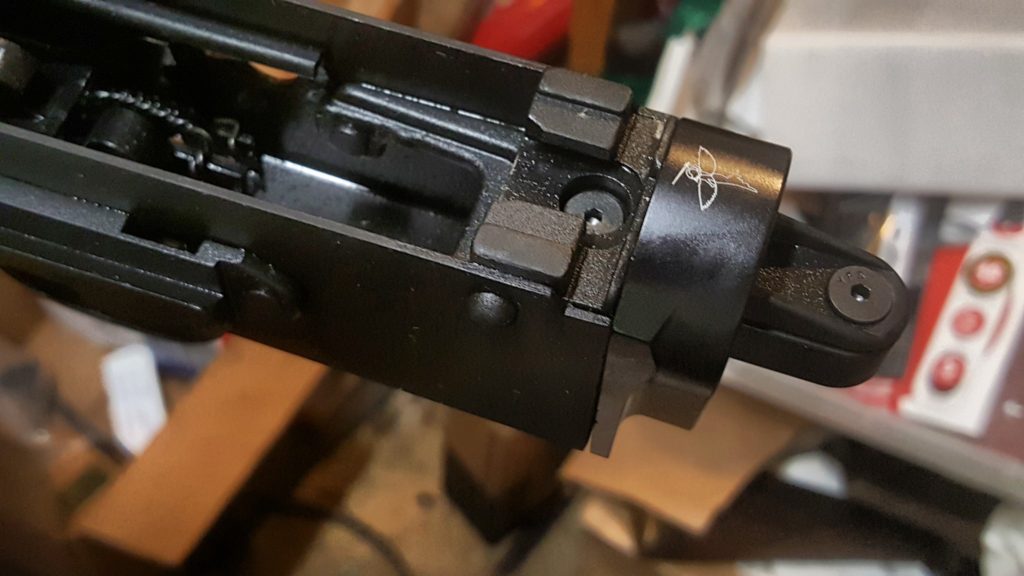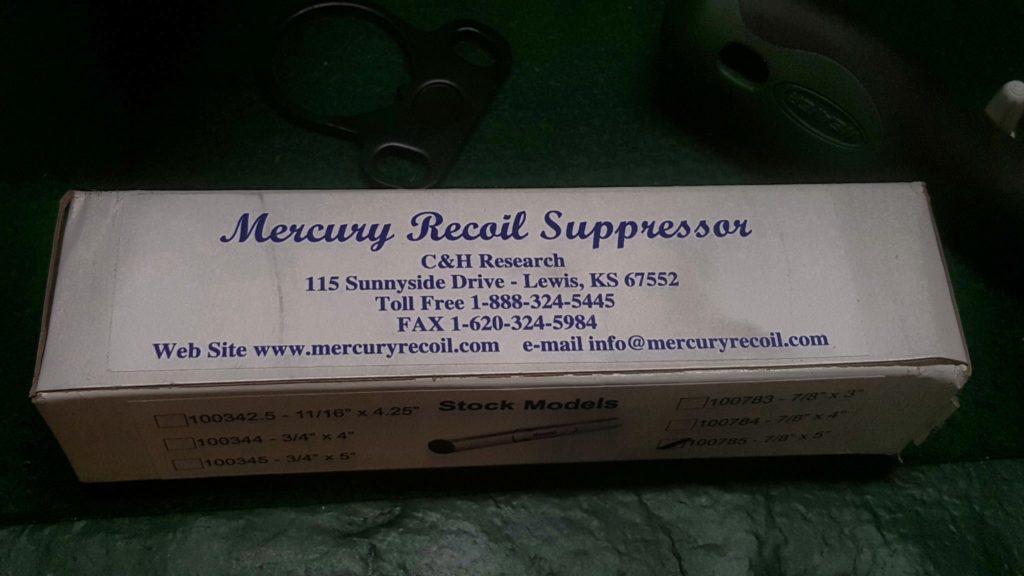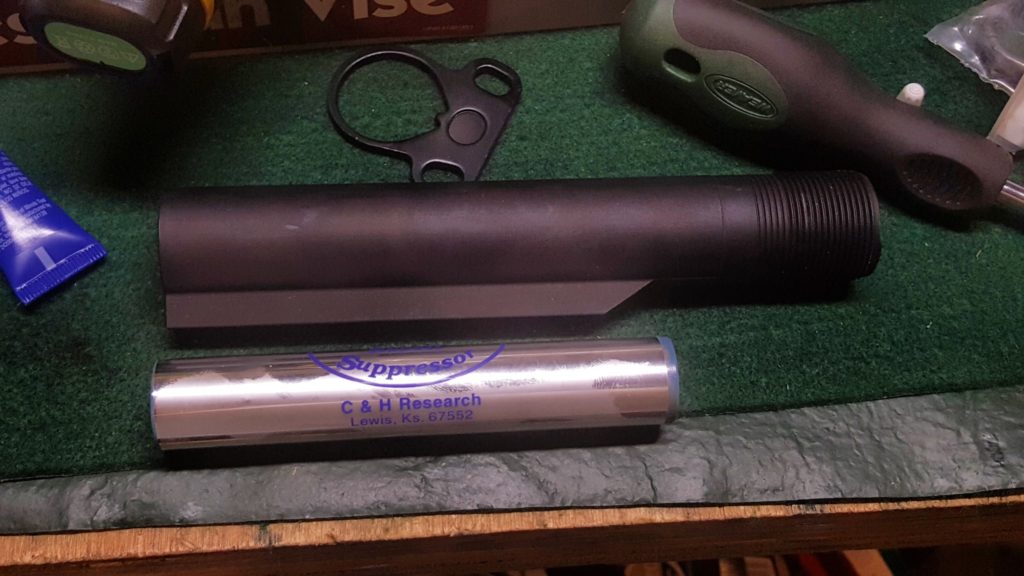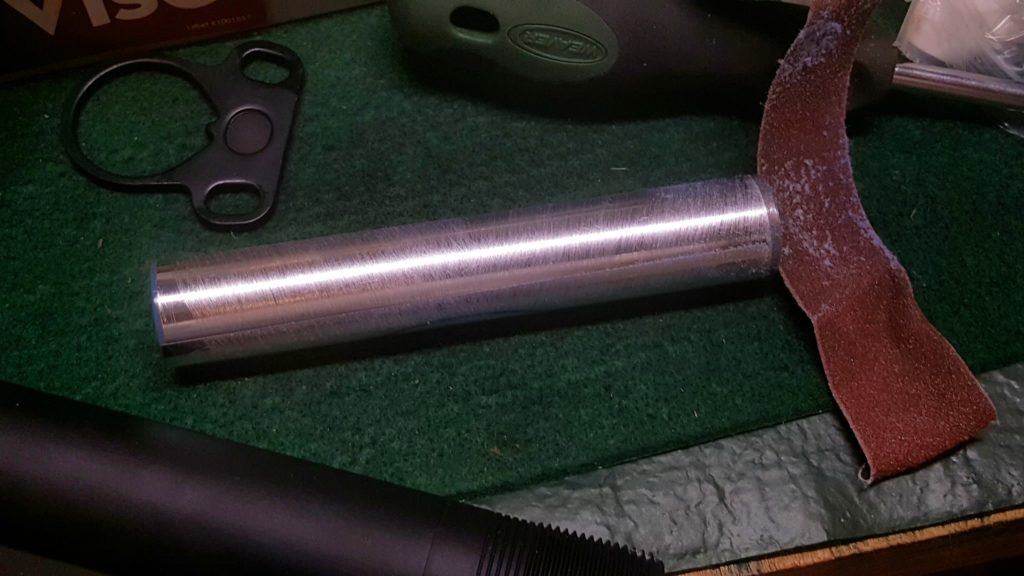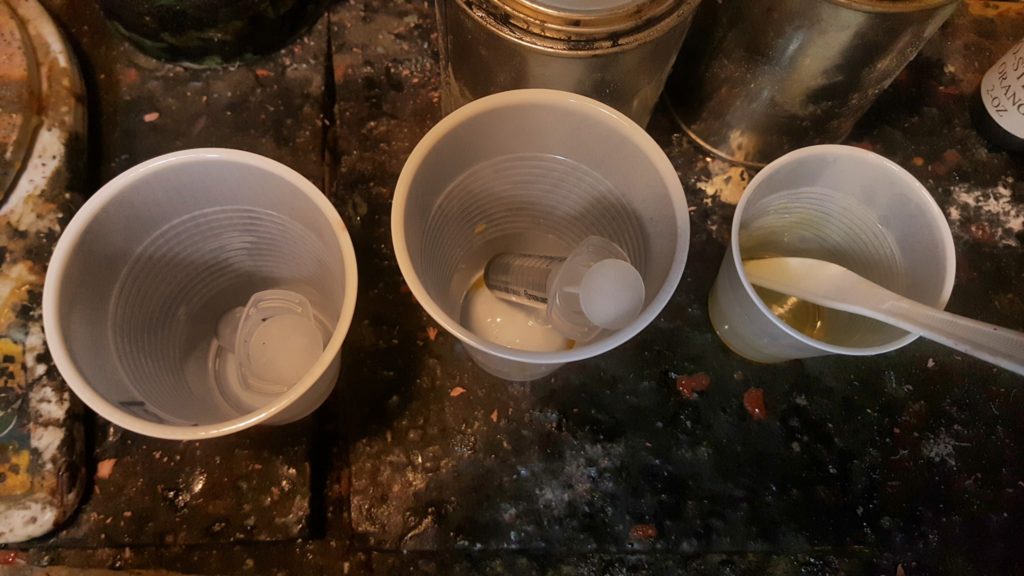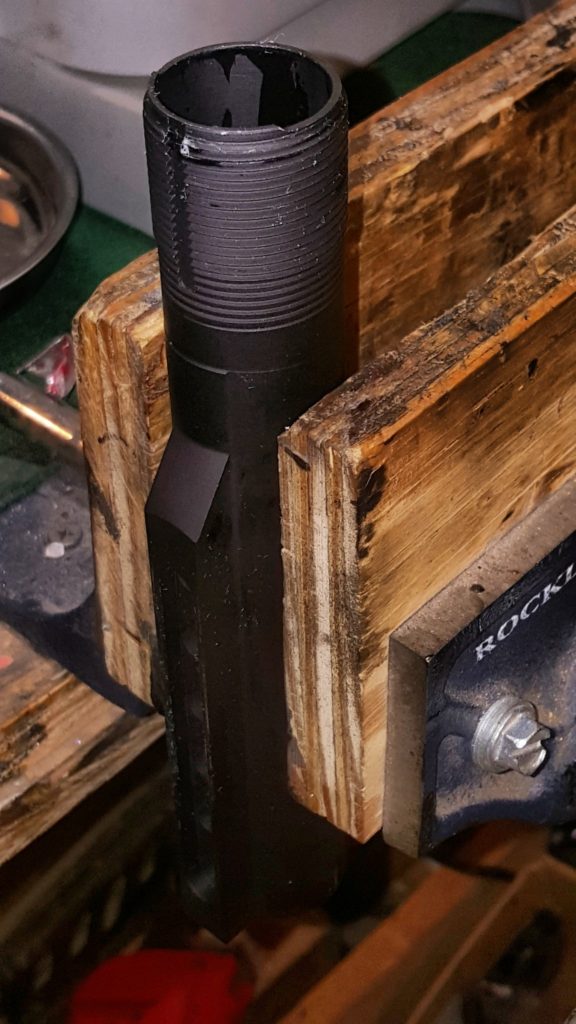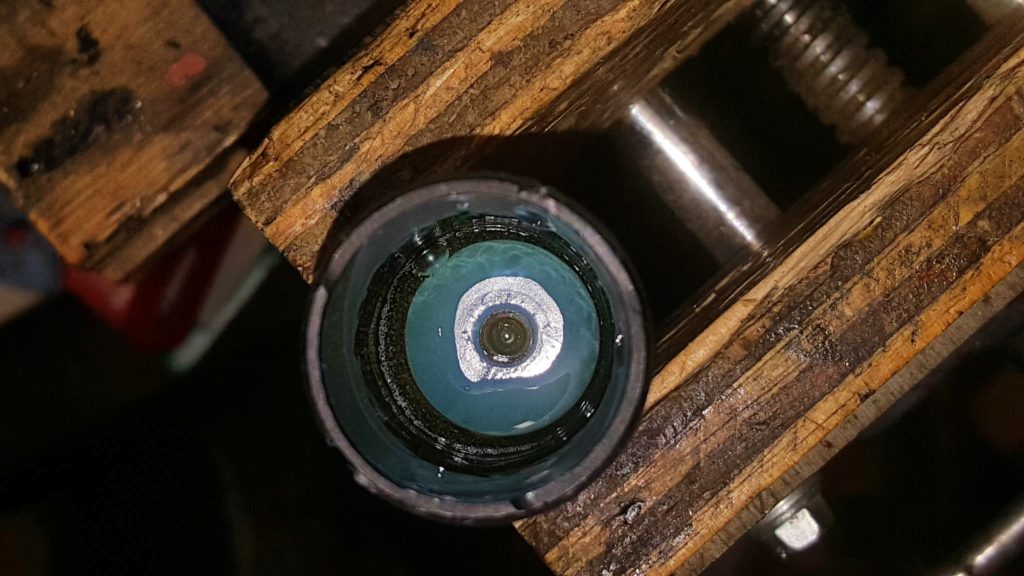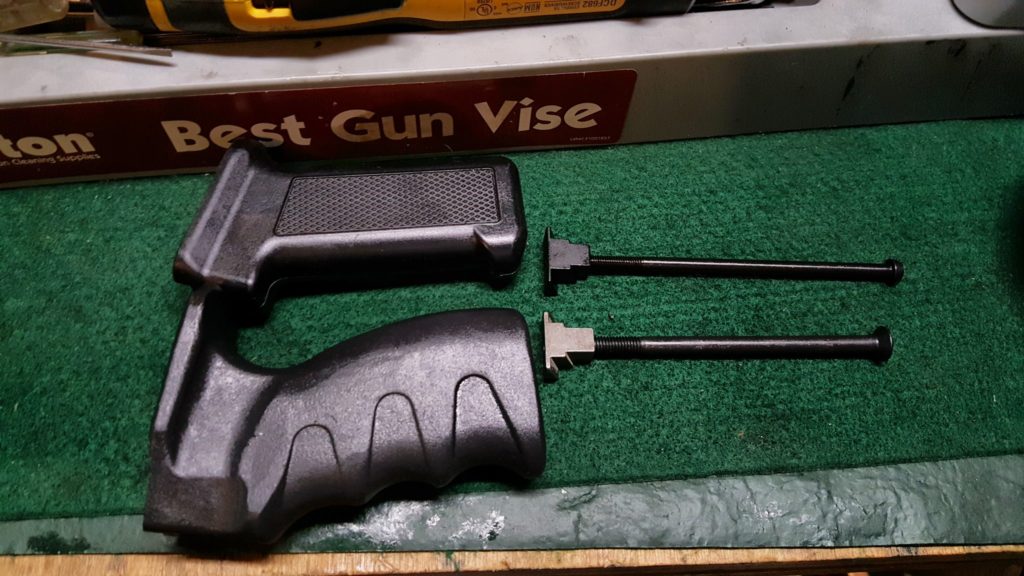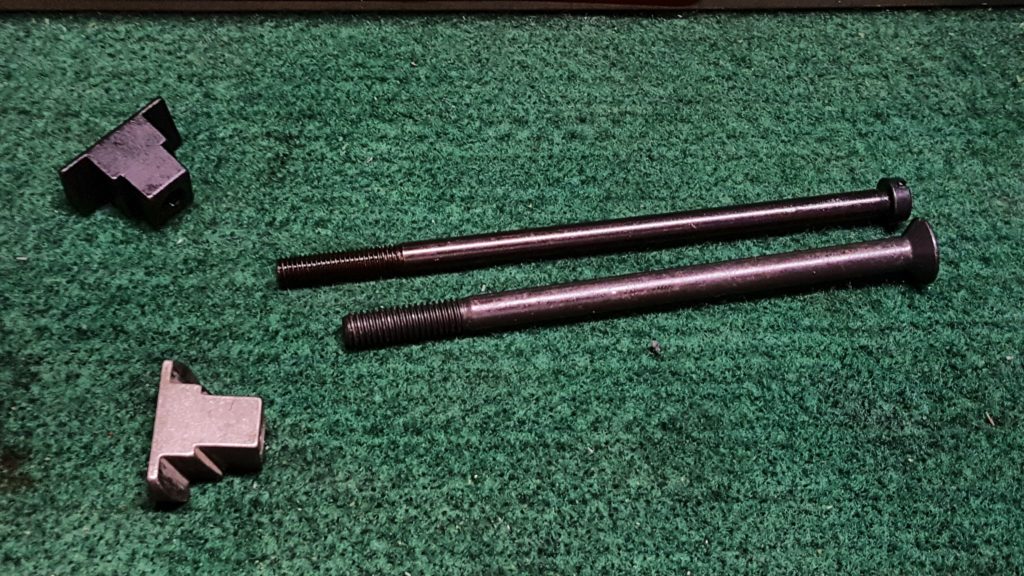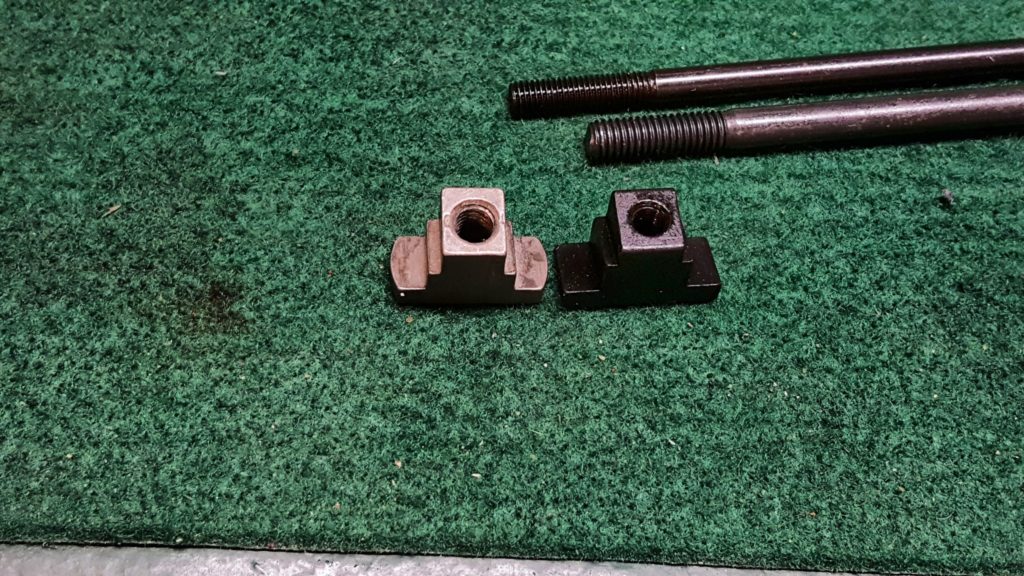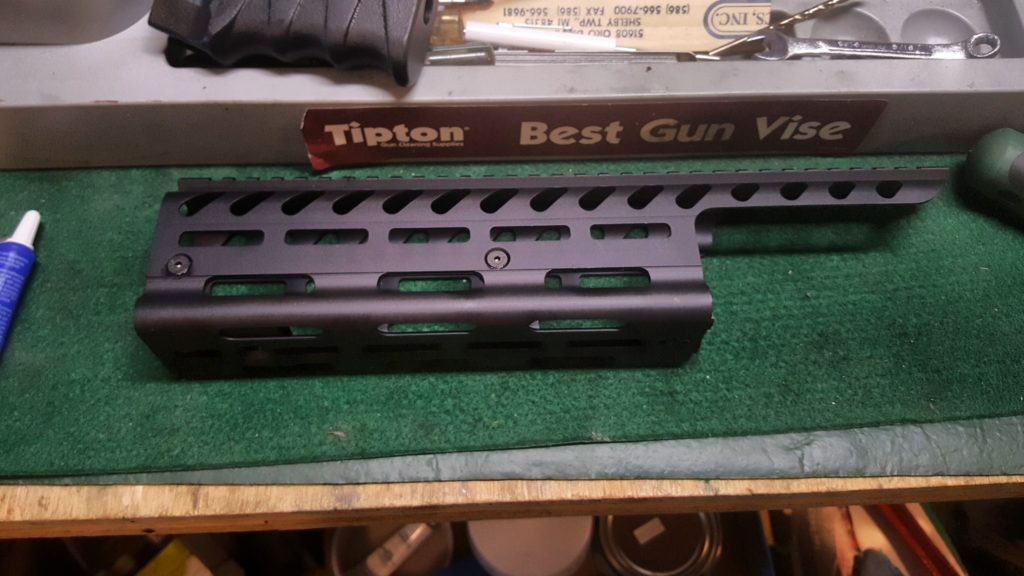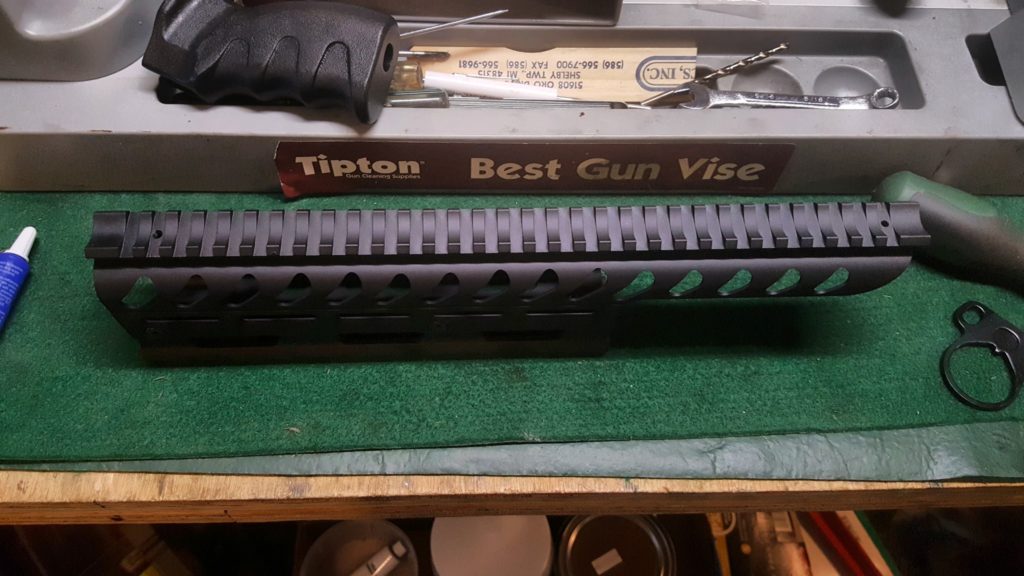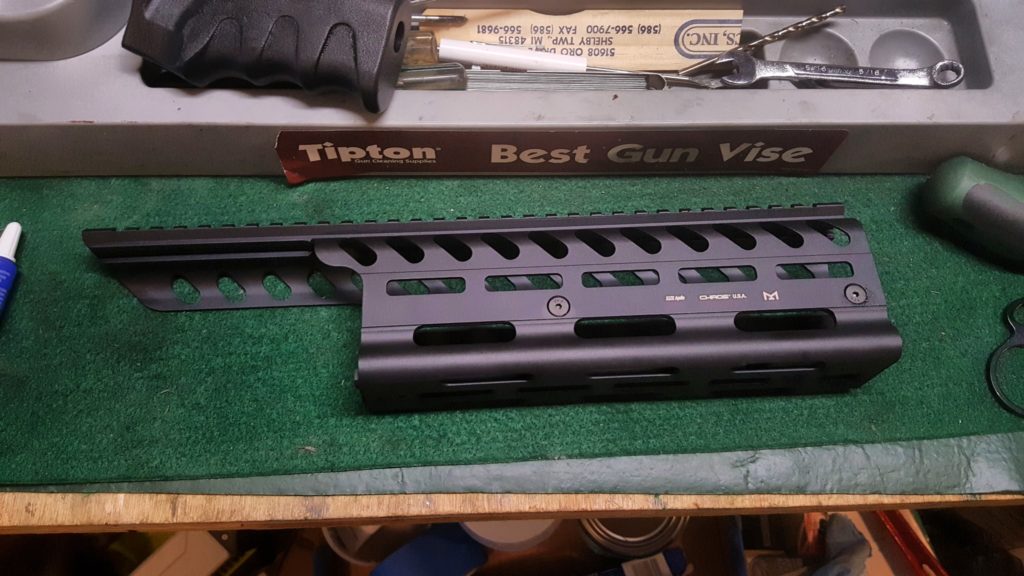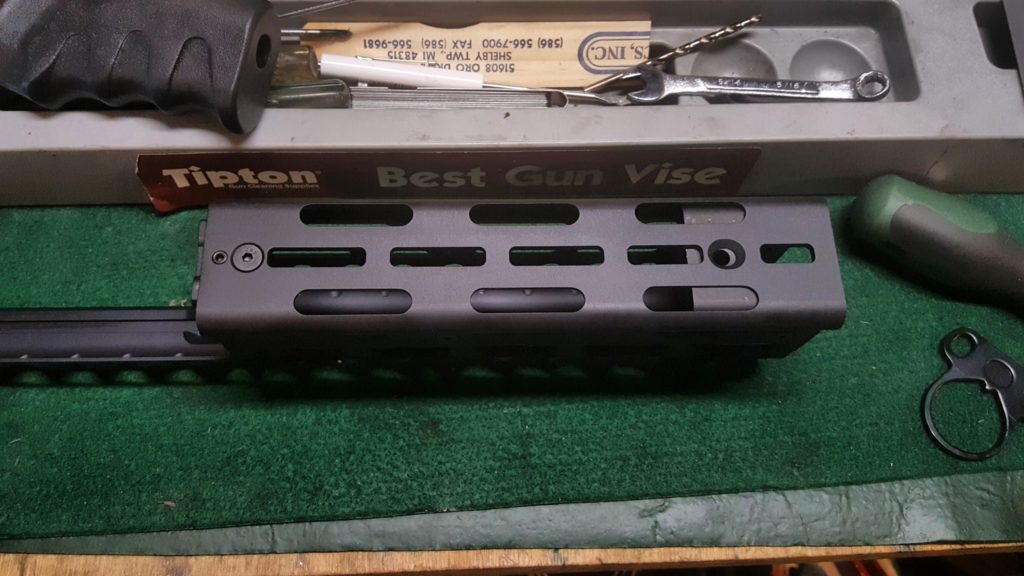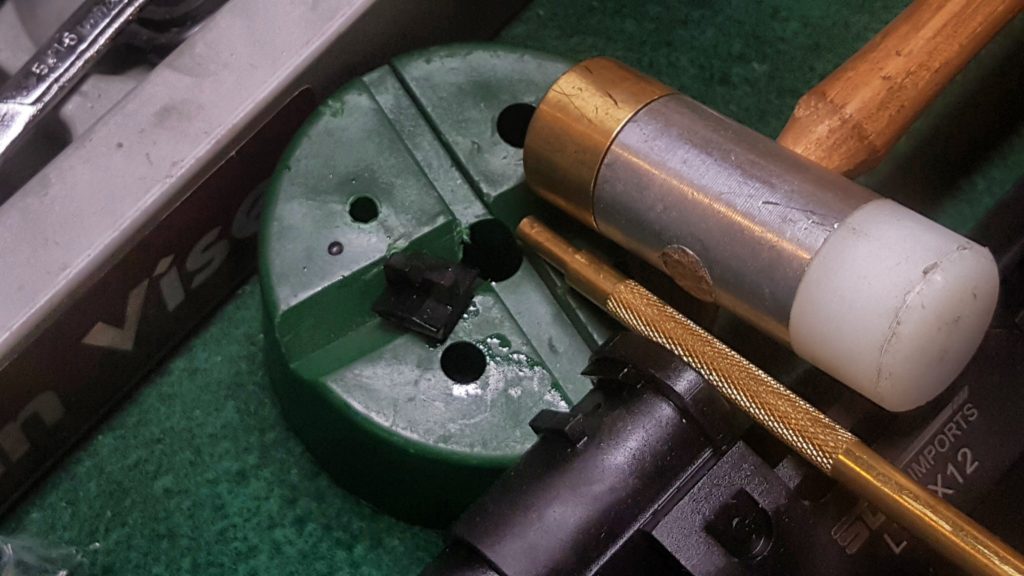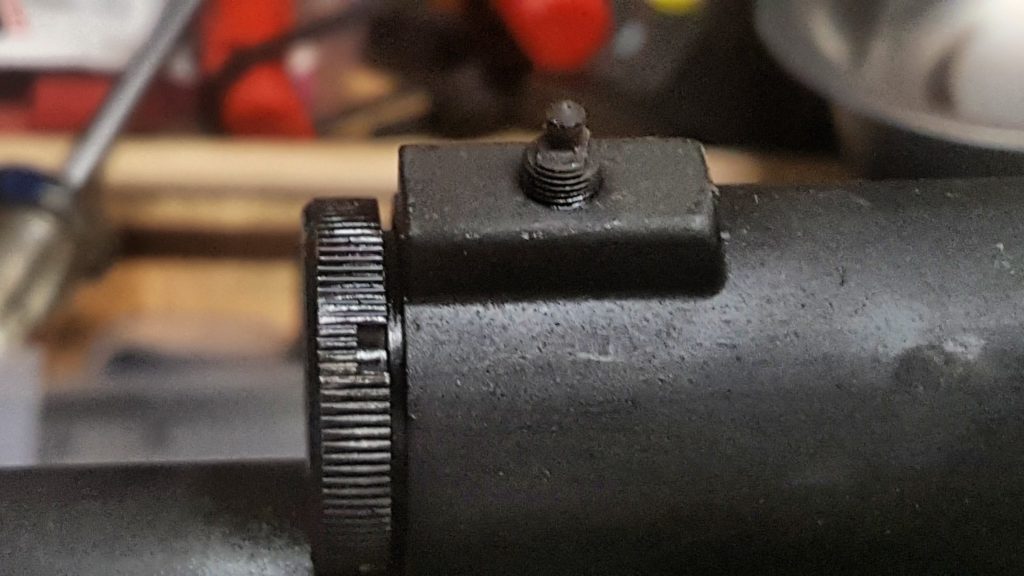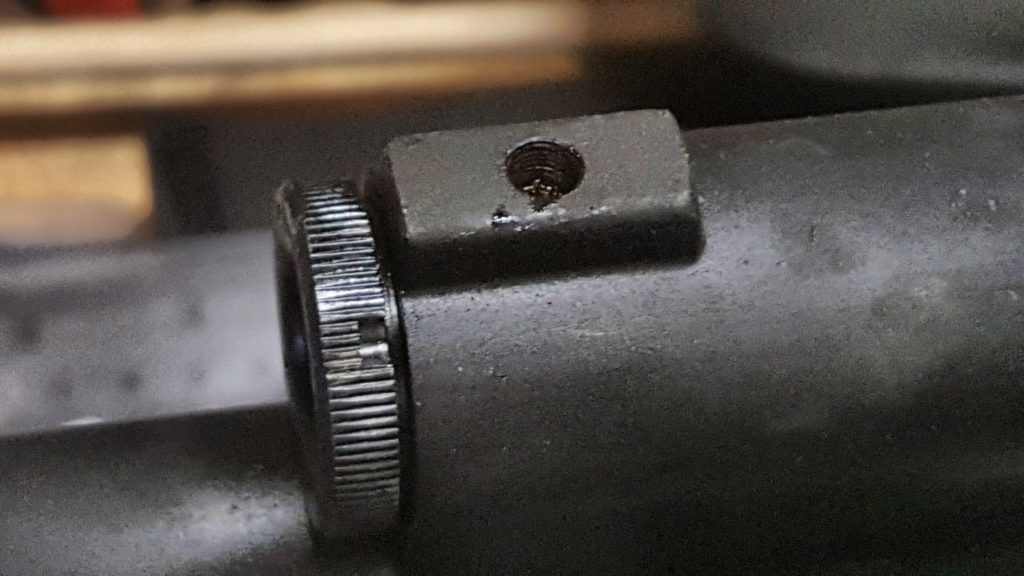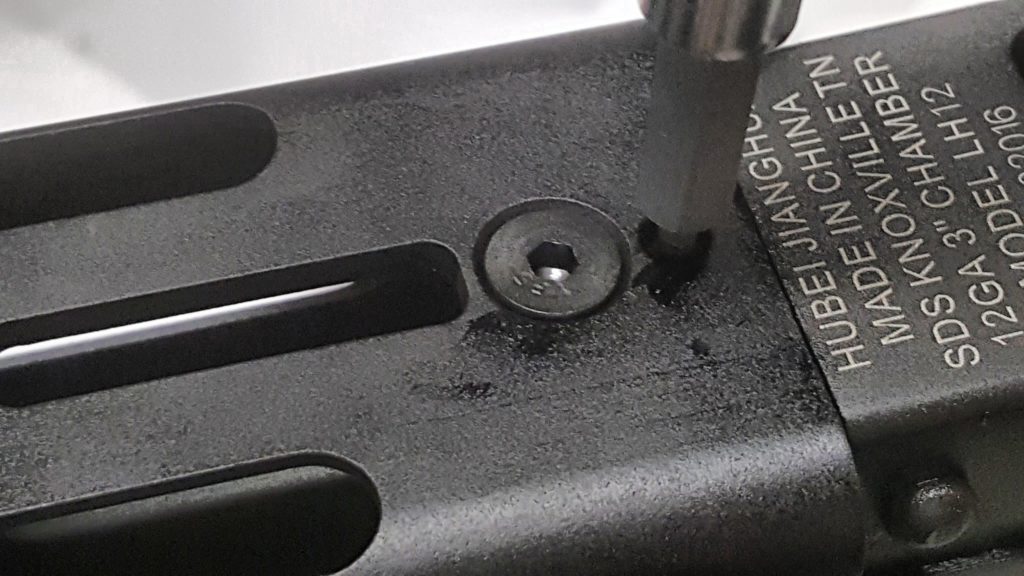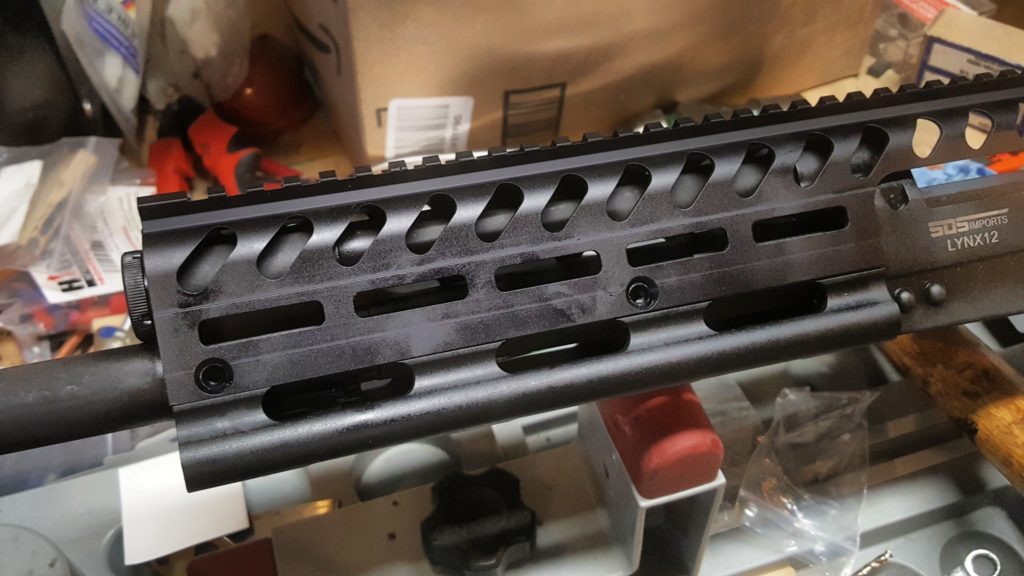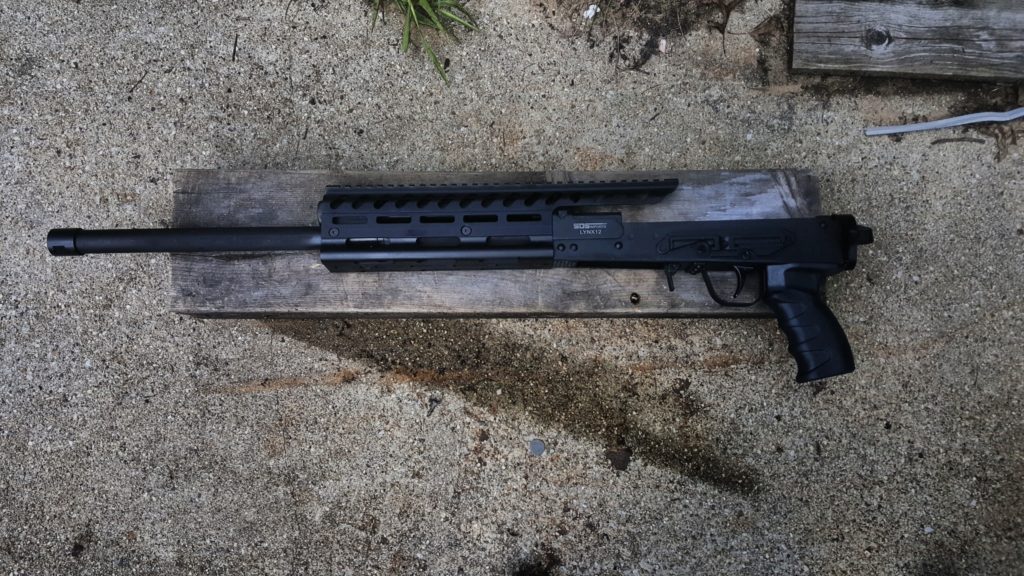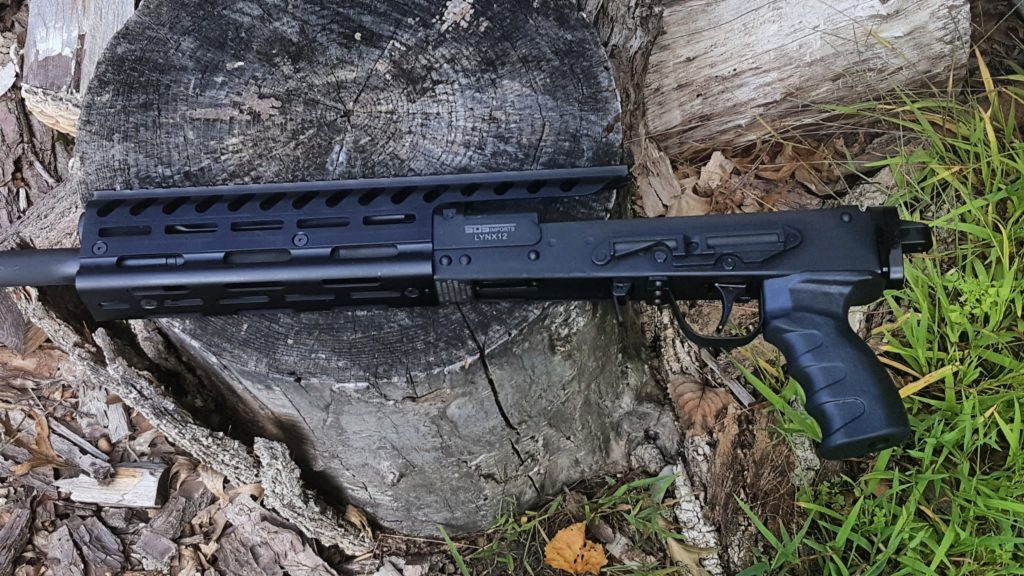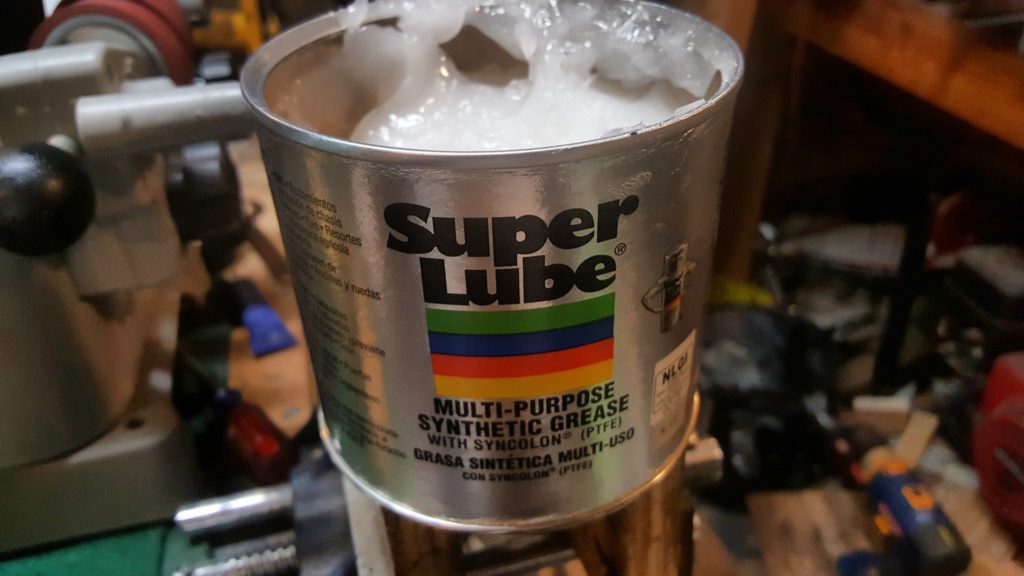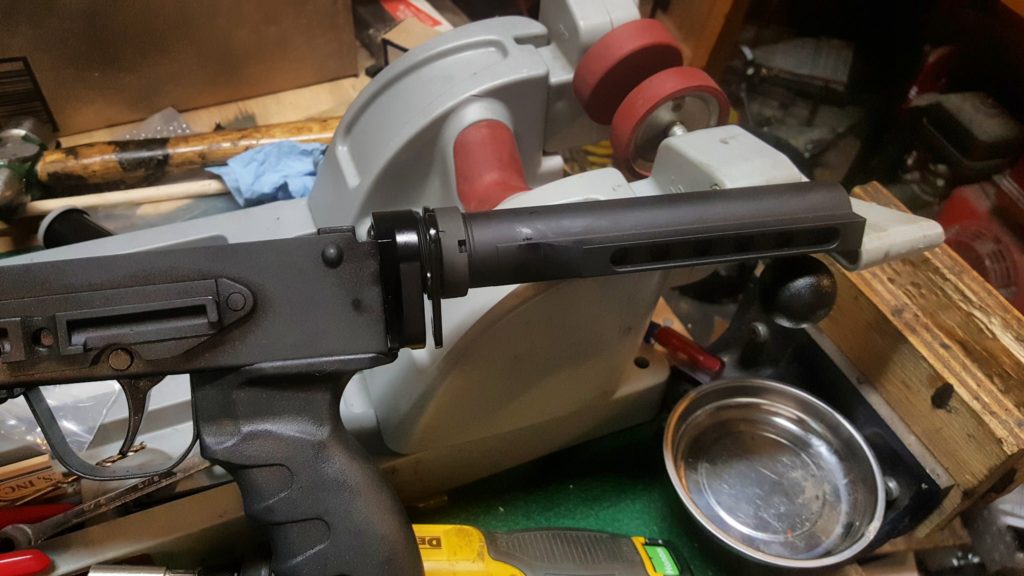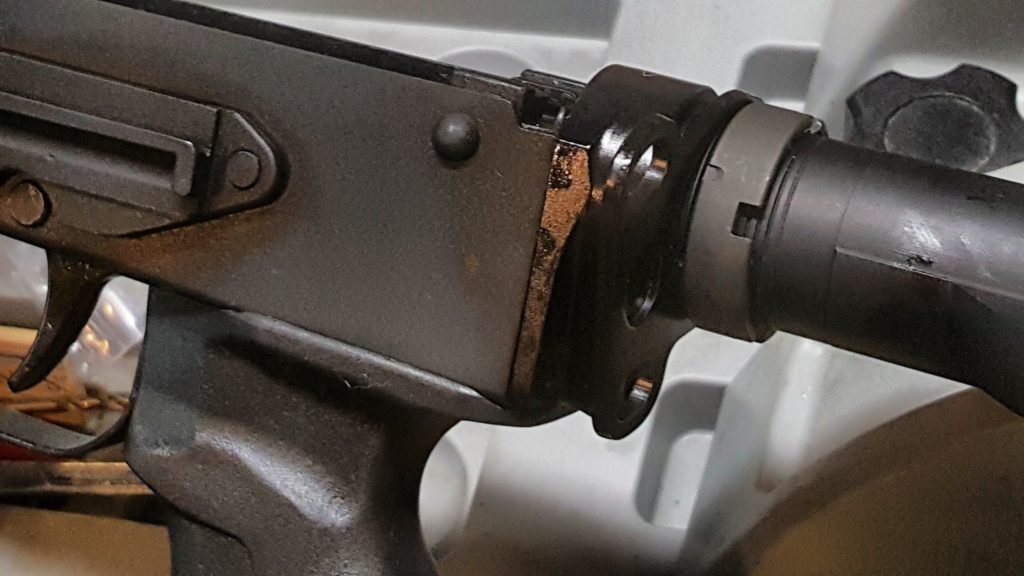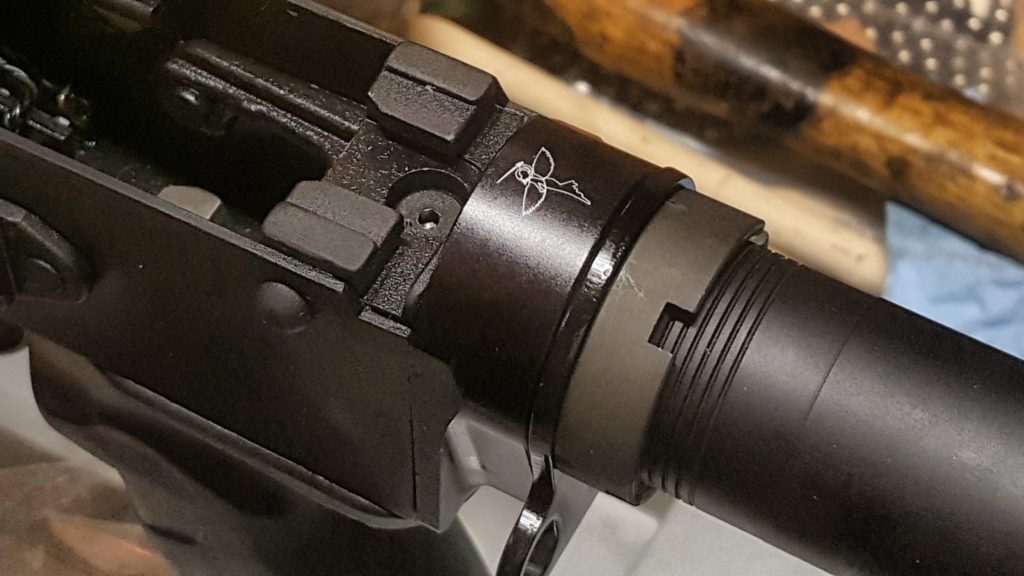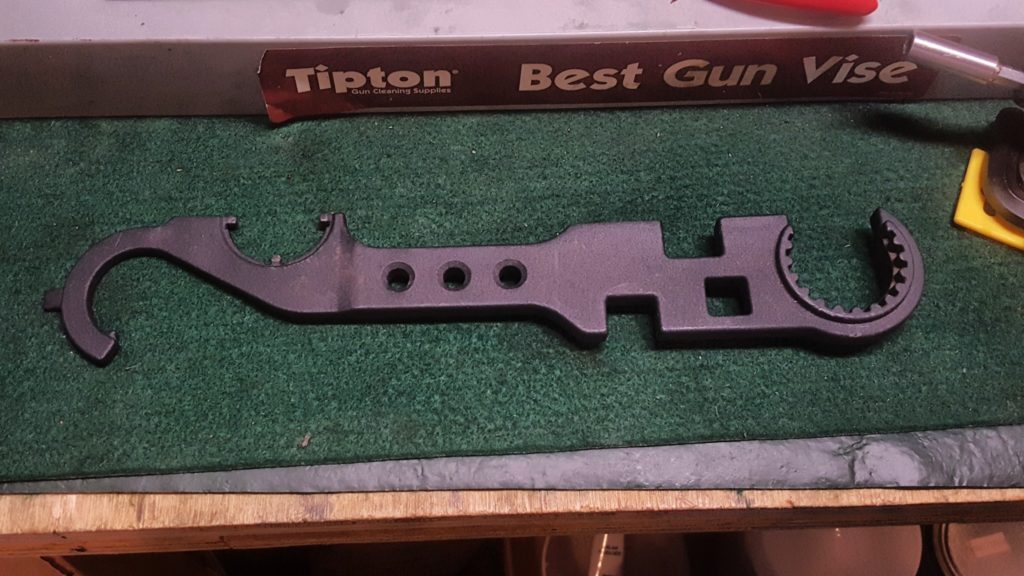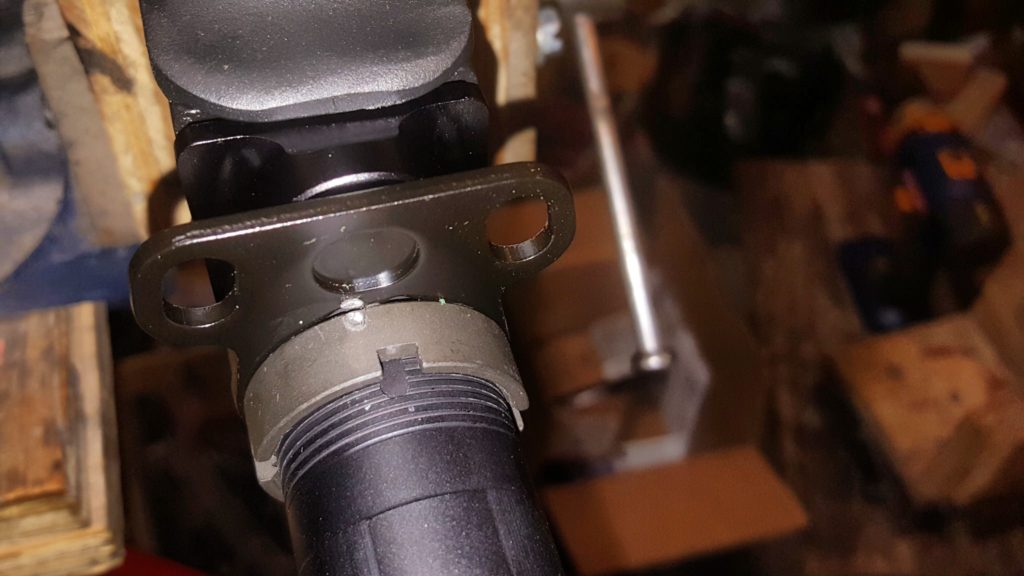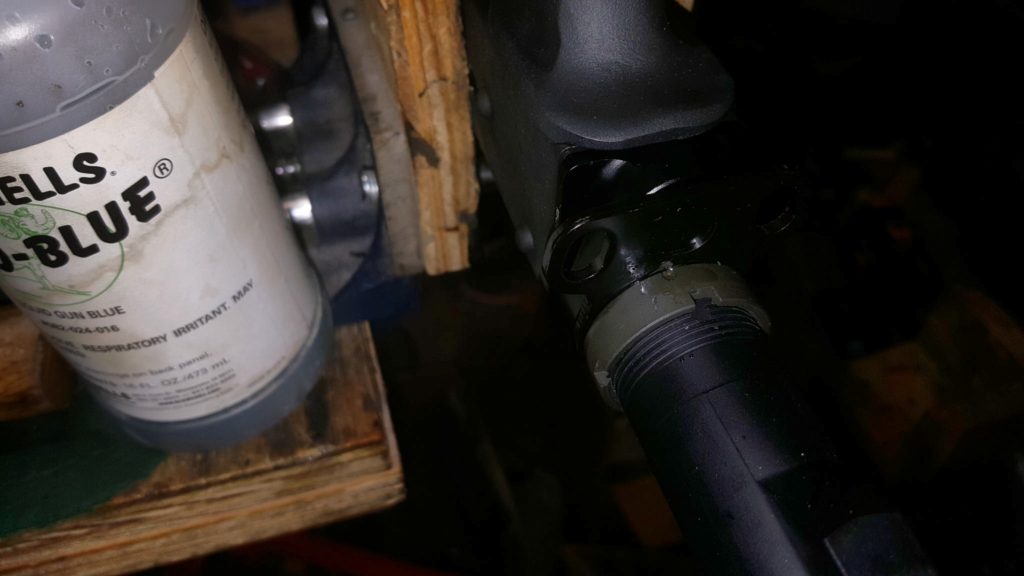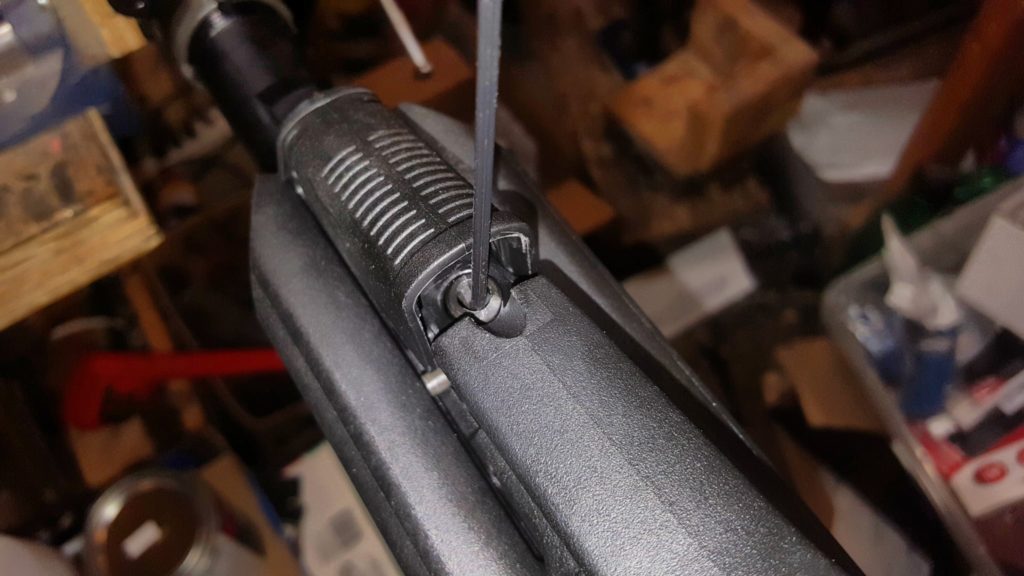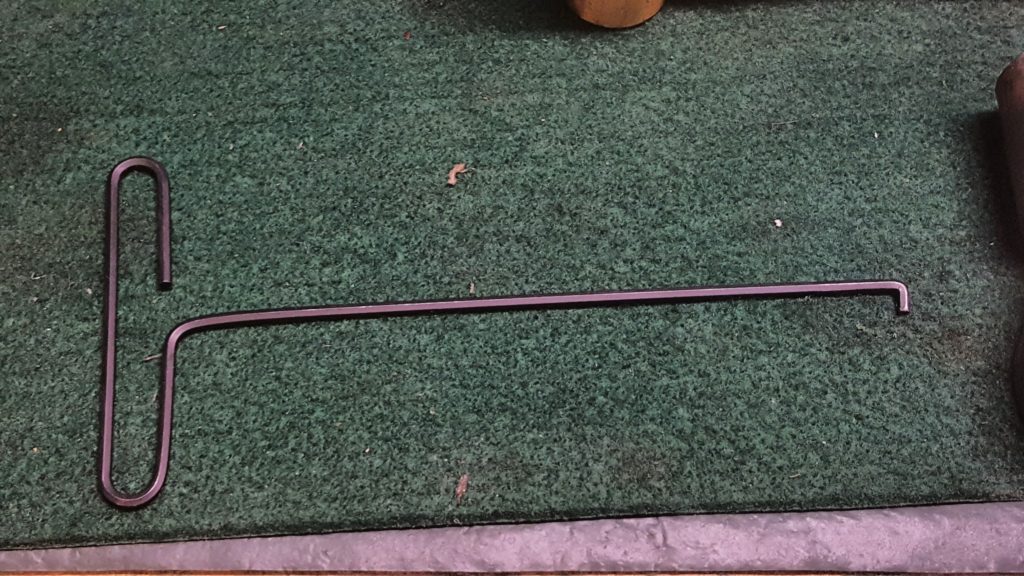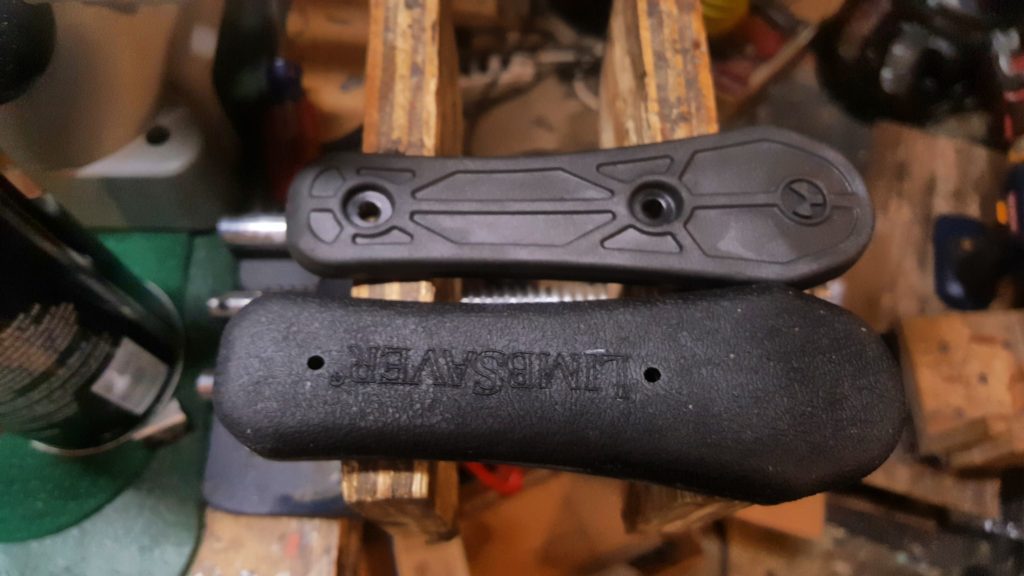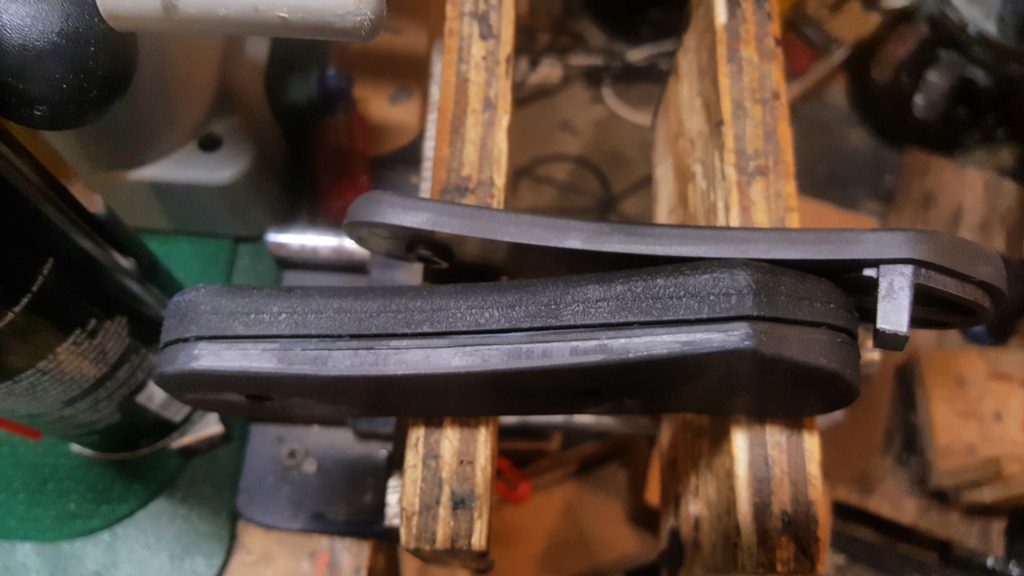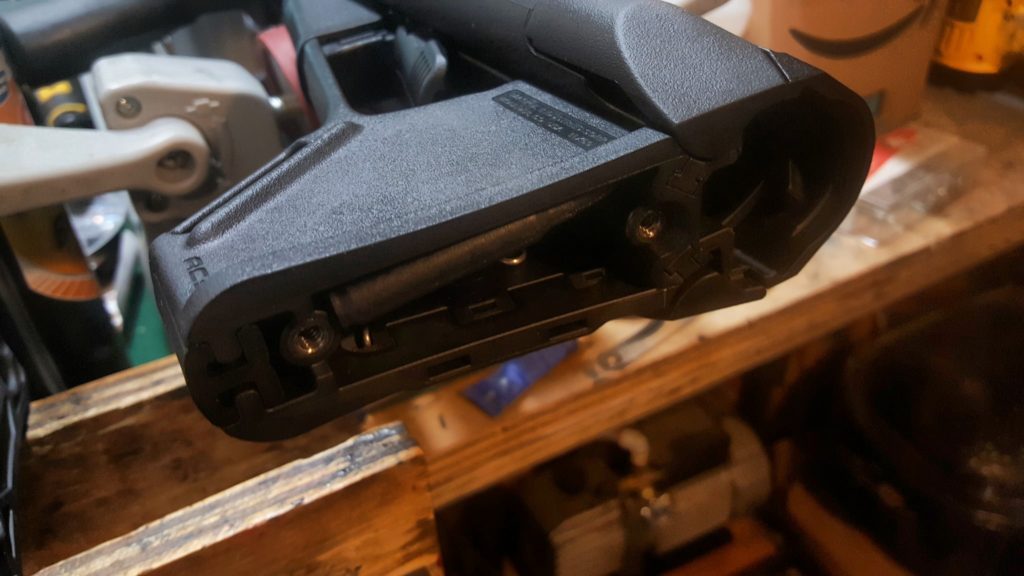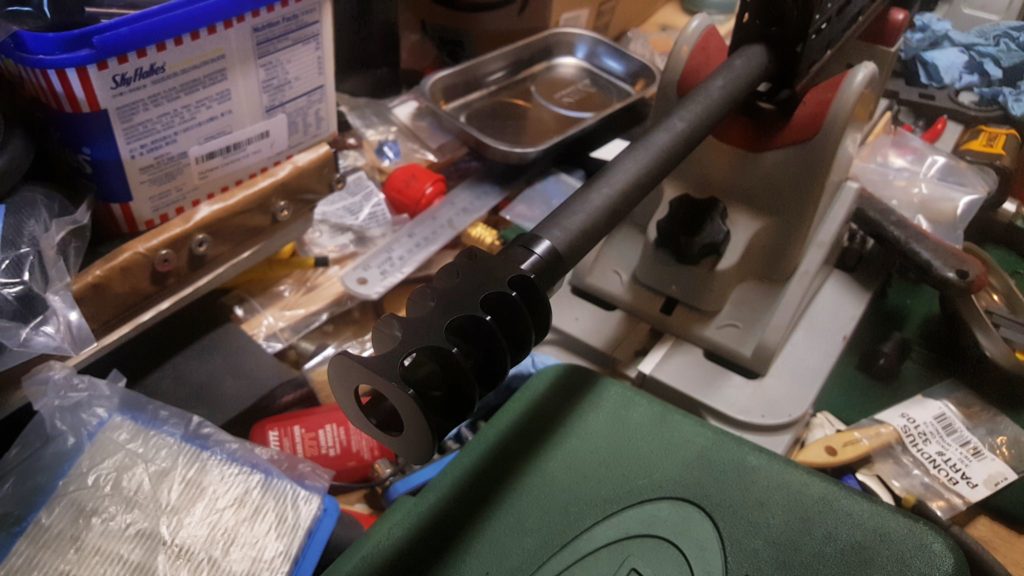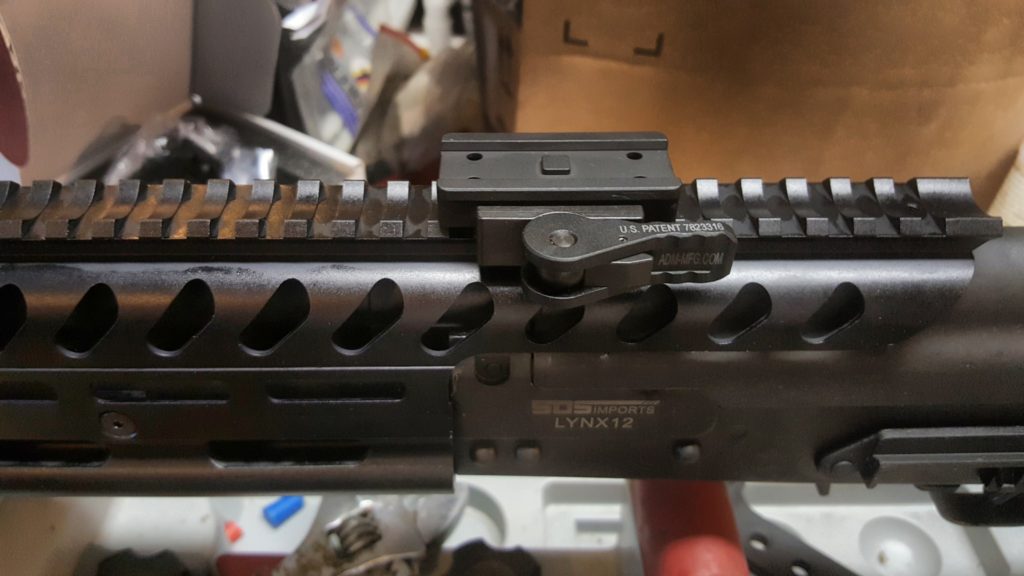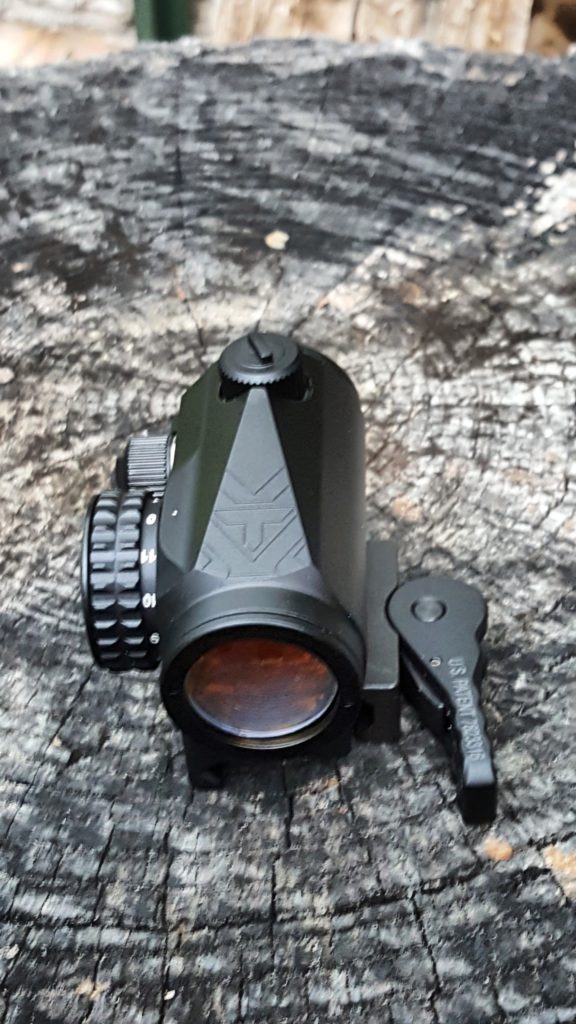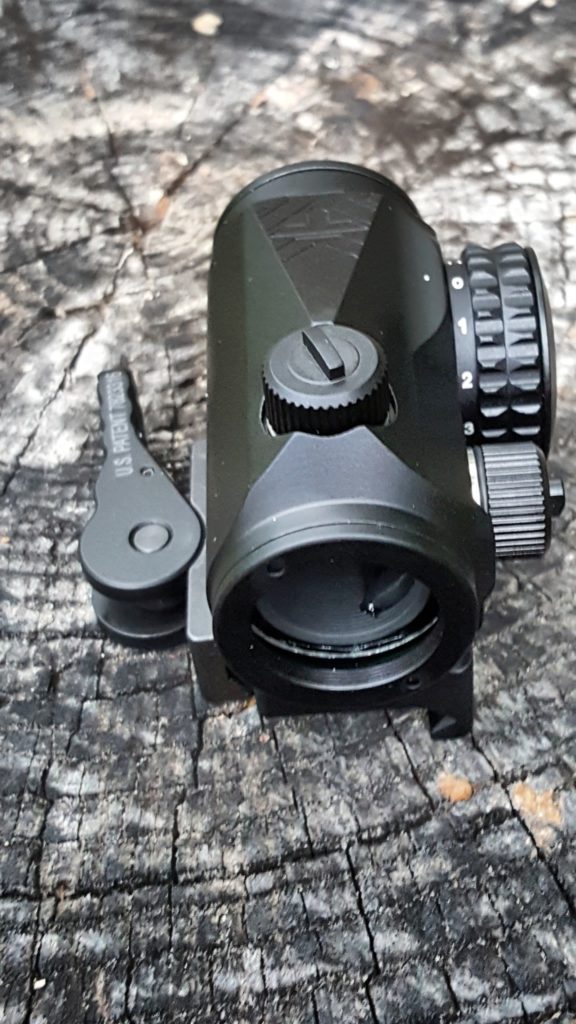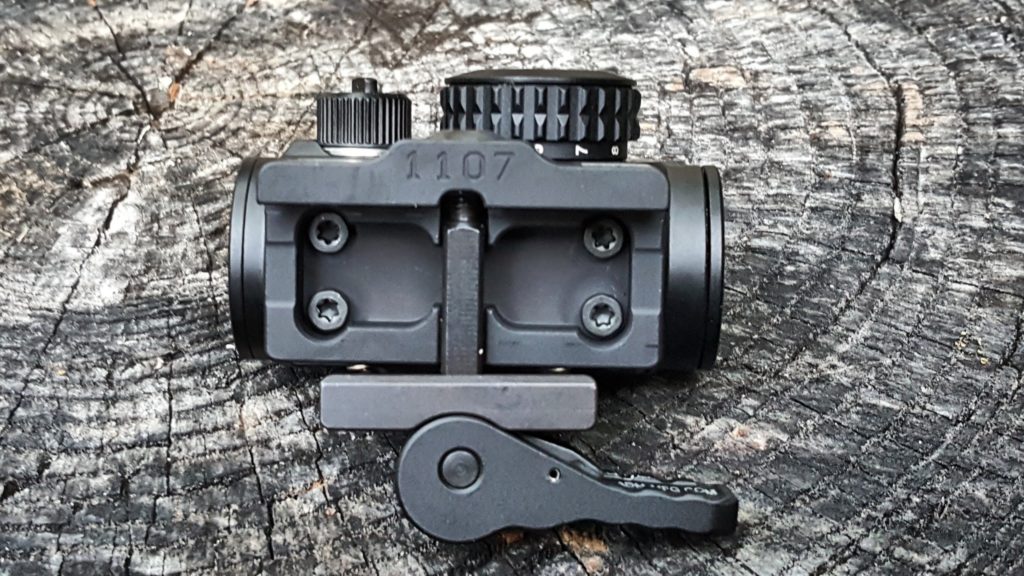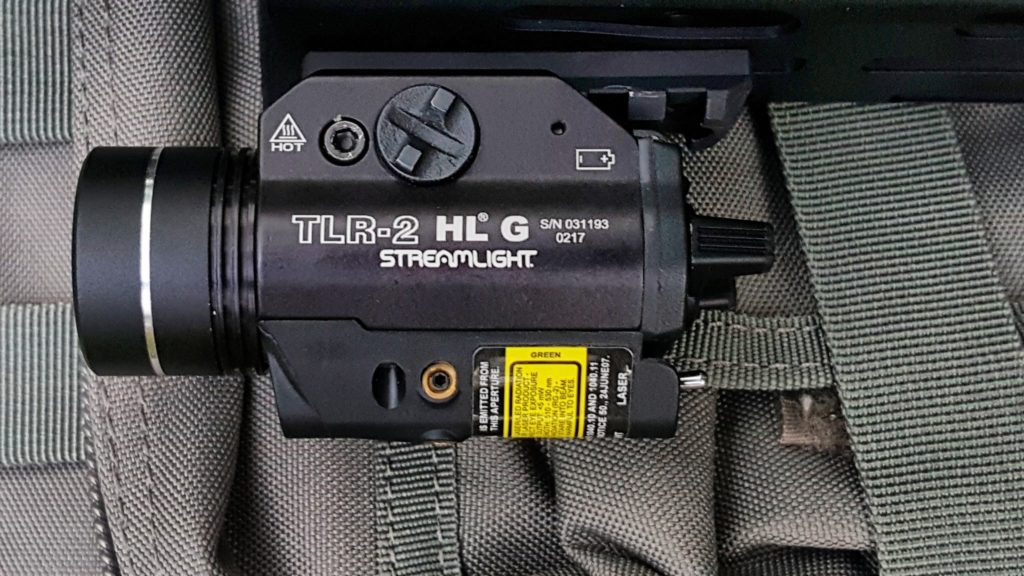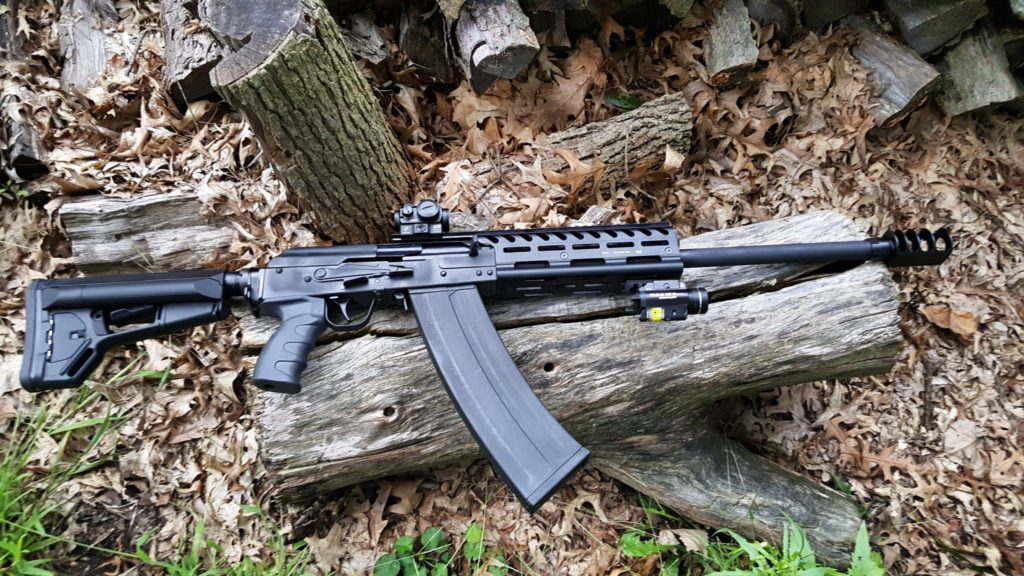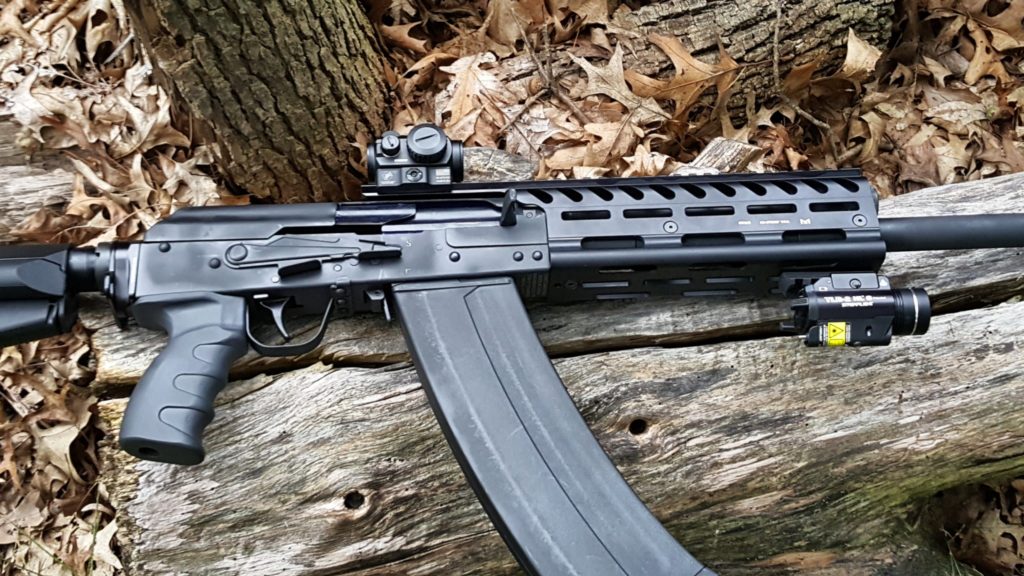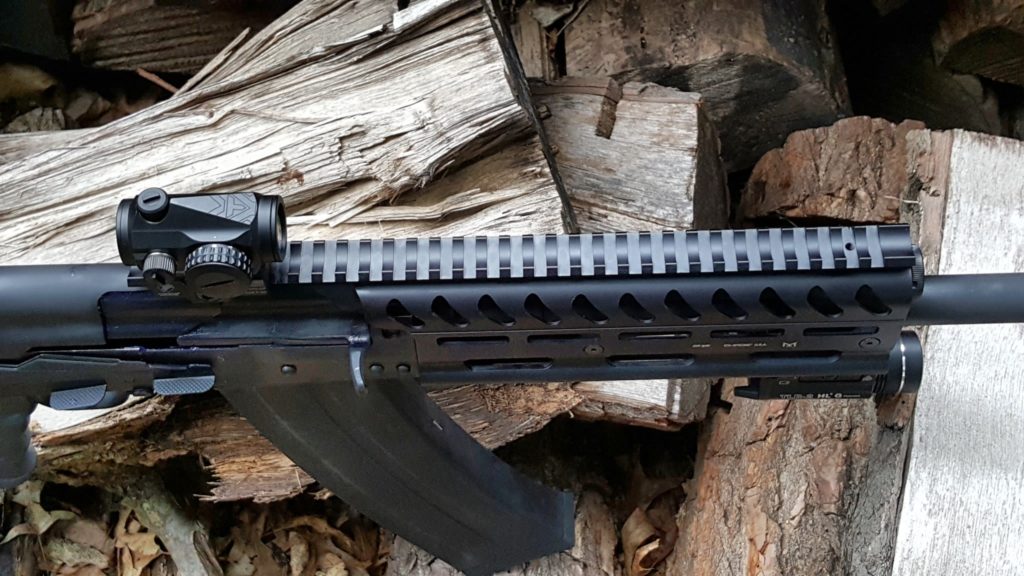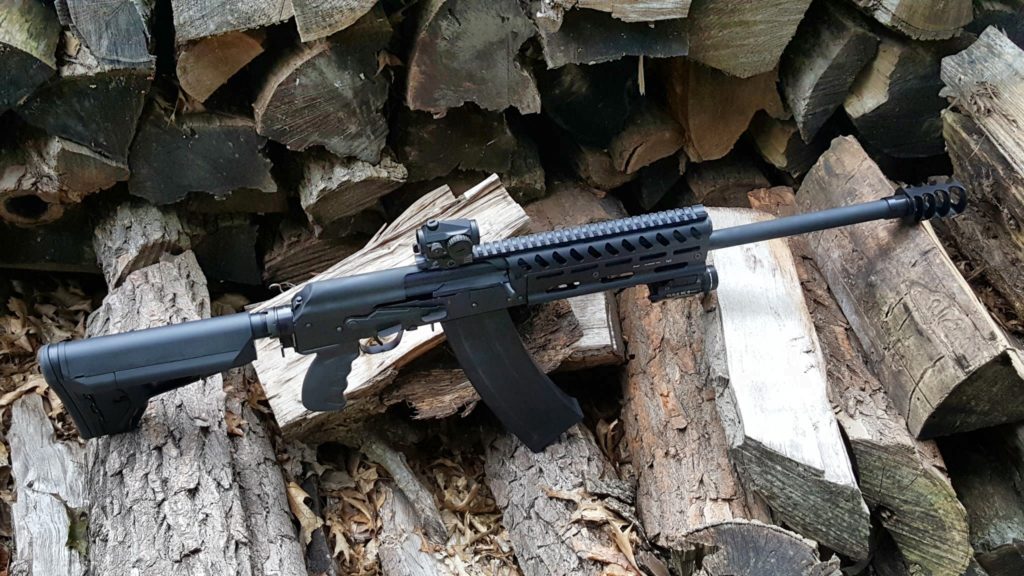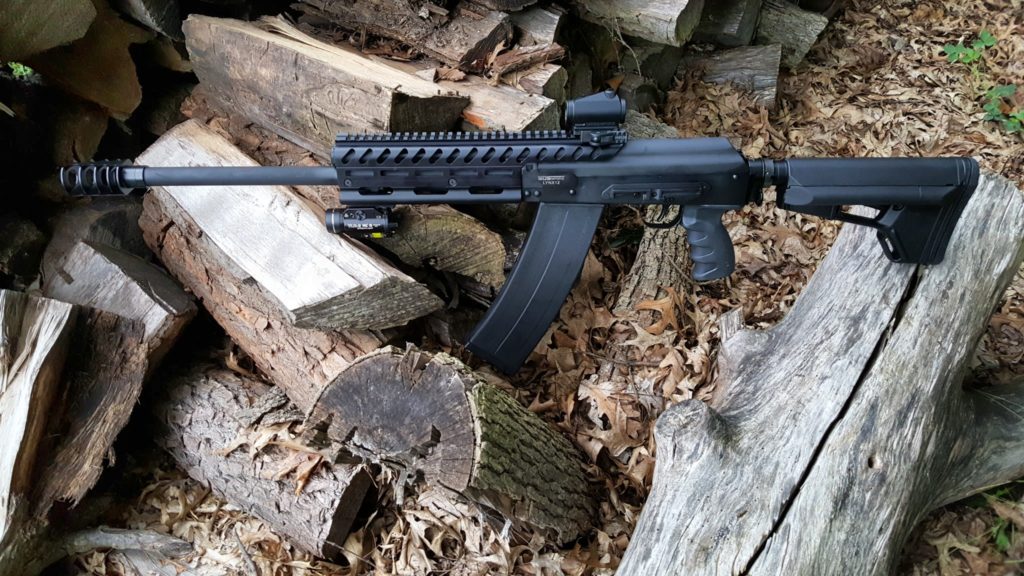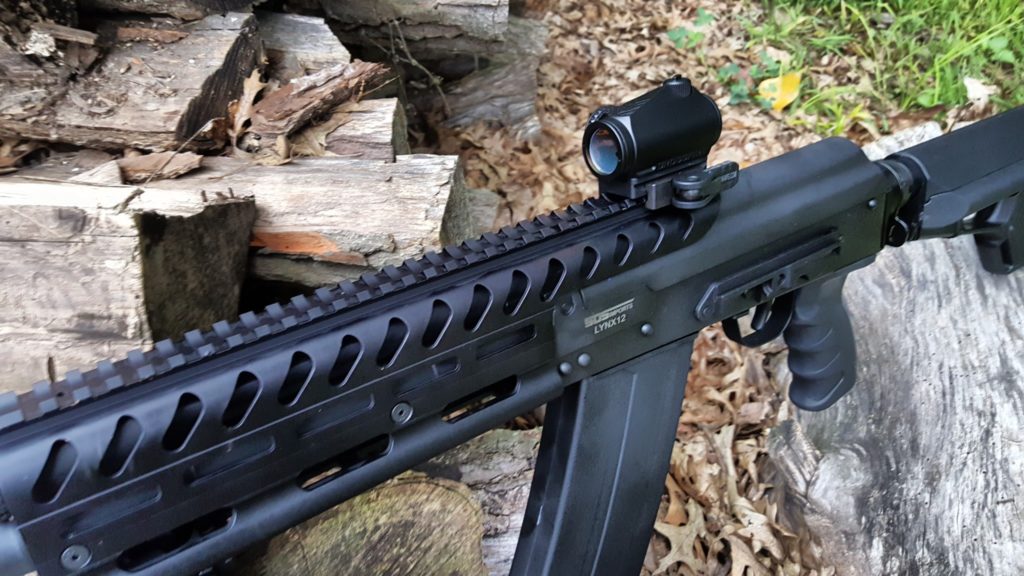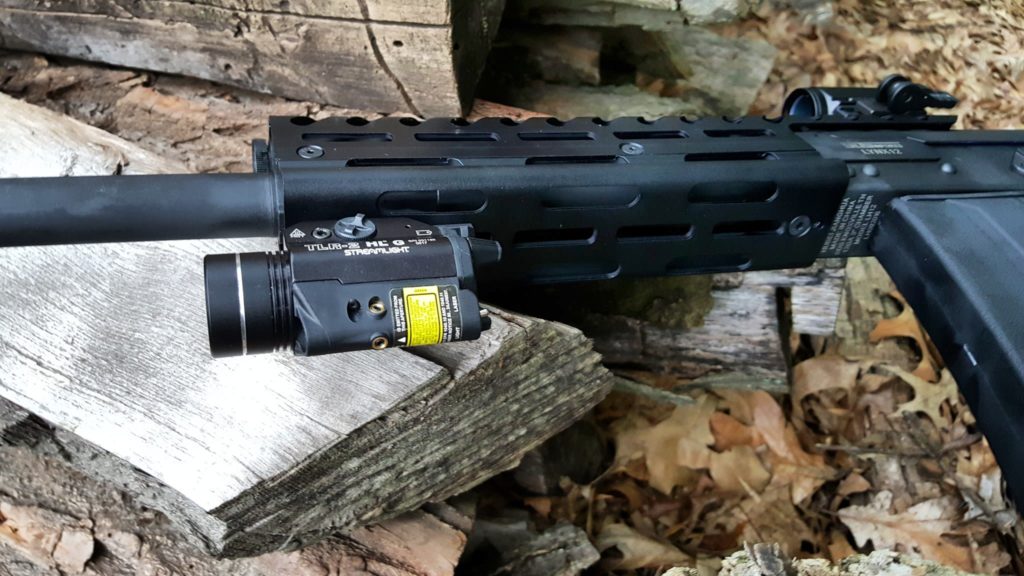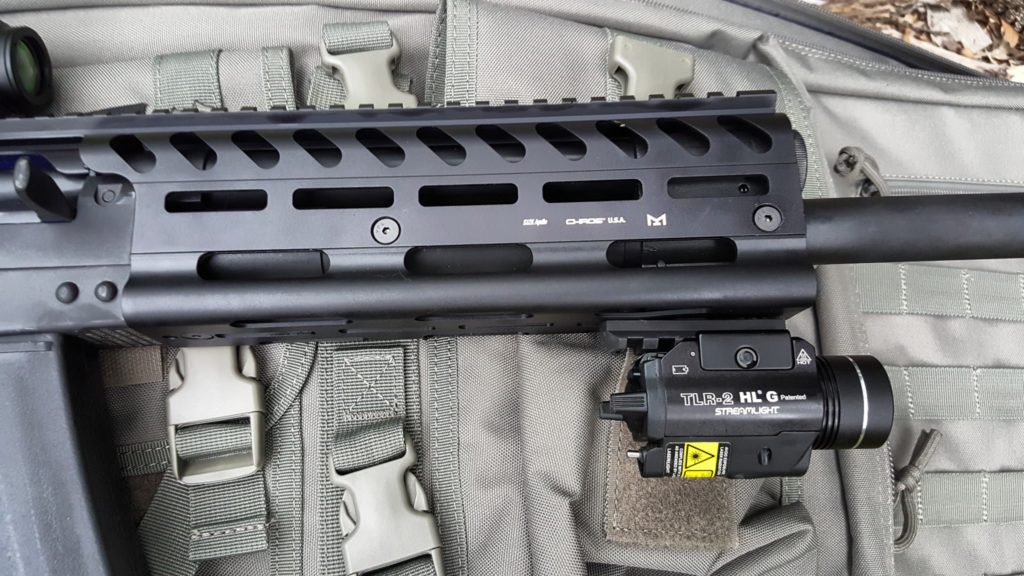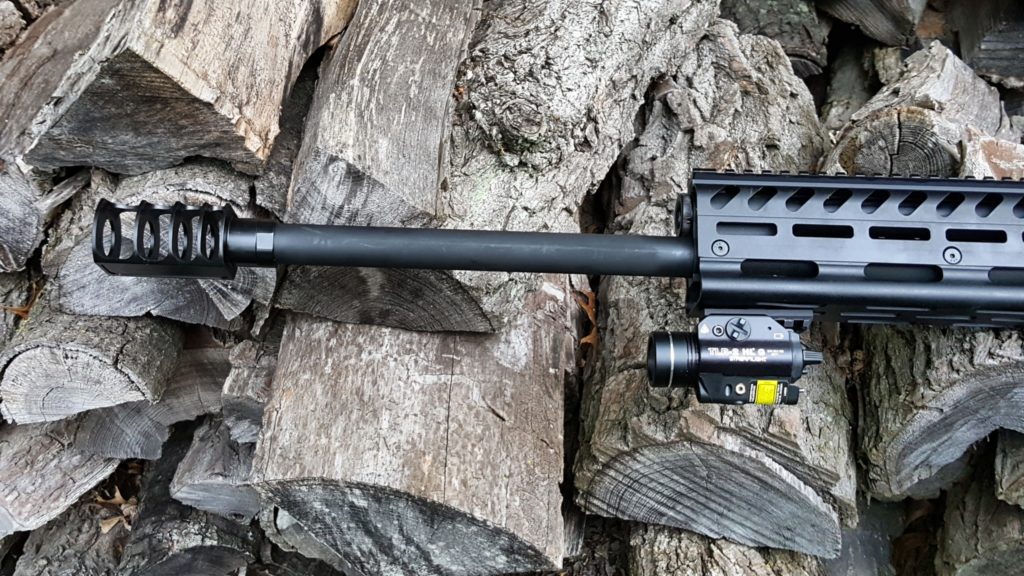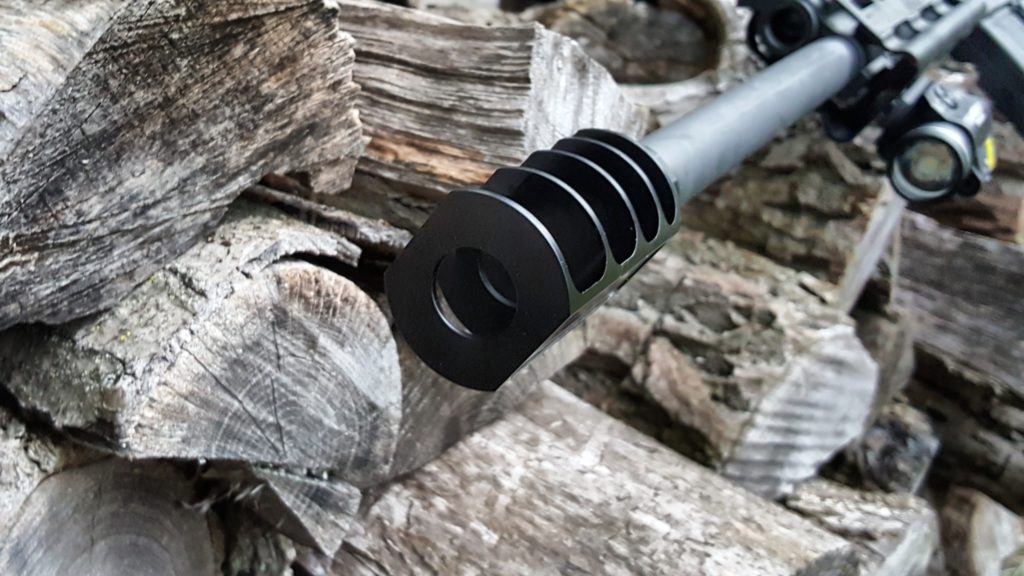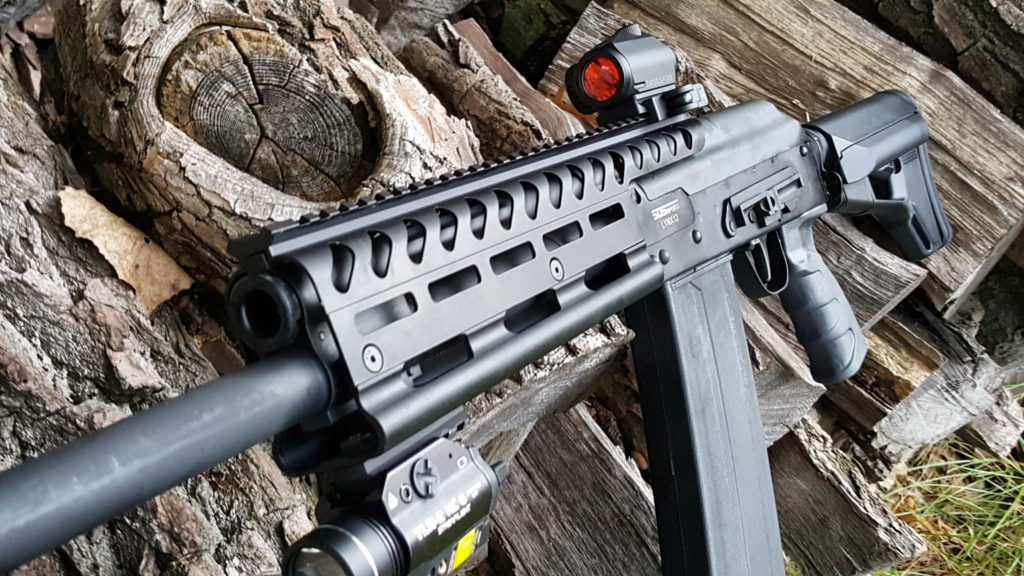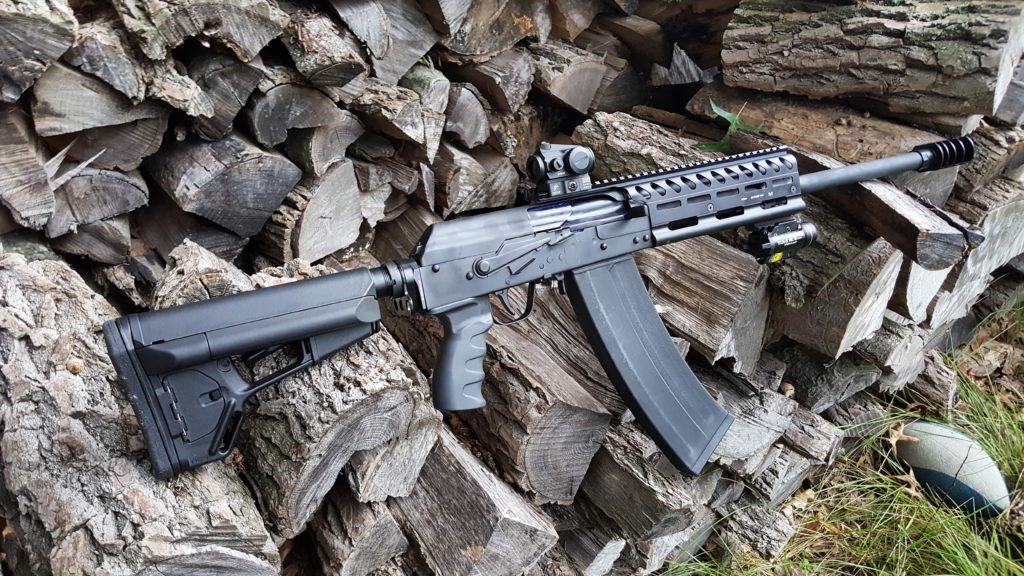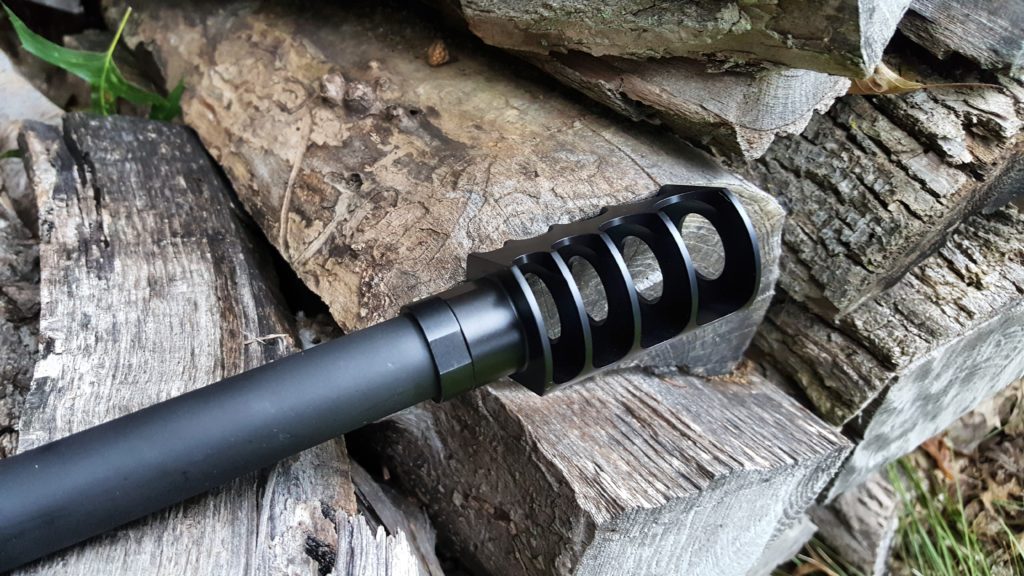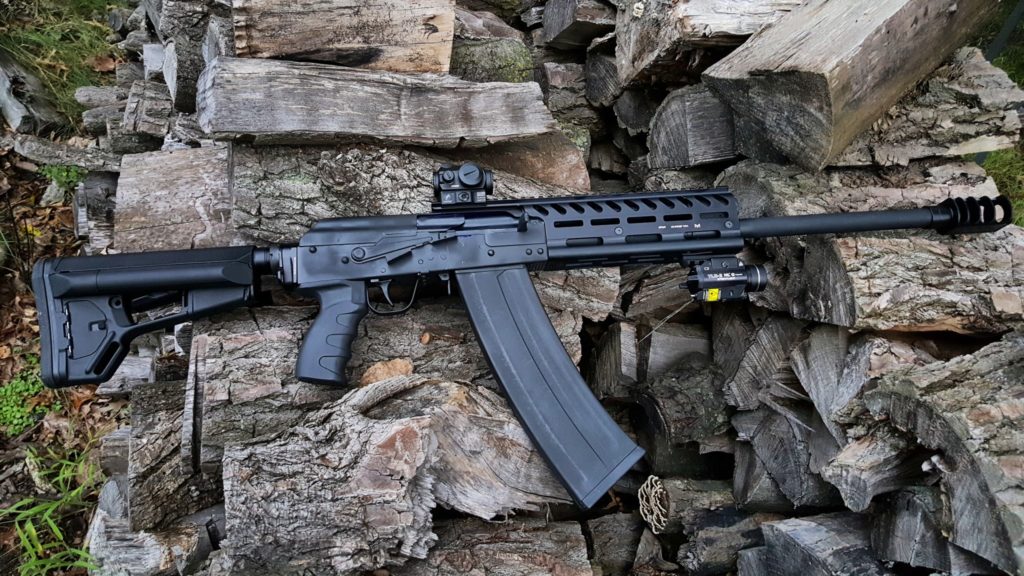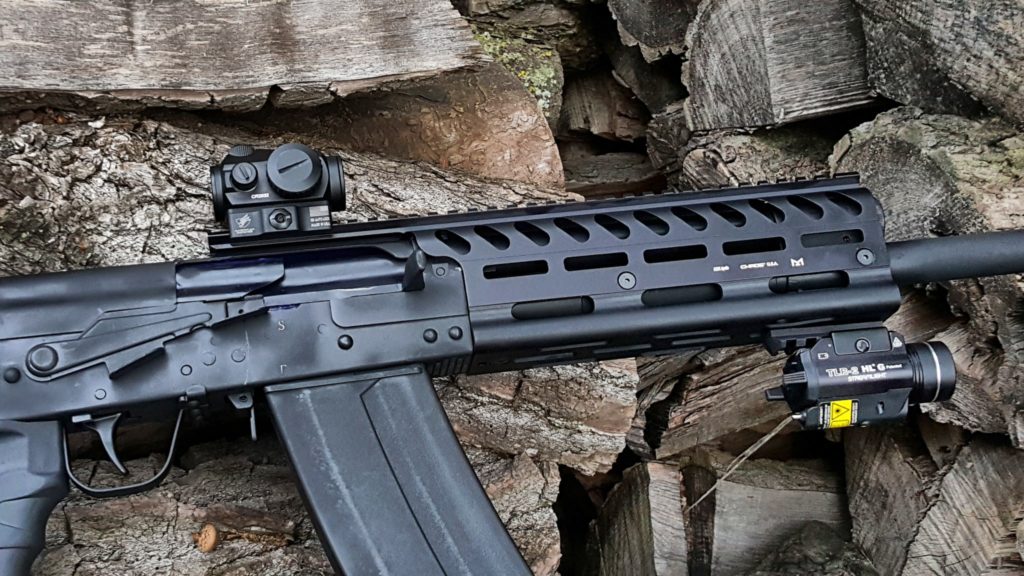The 12 gauge buckshot market in the United States is a mature yet technologically dynamic space, defined by a distinct division between premium, performance-driven tactical loads and cost-effective, general-purpose offerings. The market is overwhelmingly driven by the Home Defense and Law Enforcement (LE) segment, where performance is paramount. Secondary markets in Hunting and Training have their own specific demands, influencing product design and consumer choice.
Dominating the premium tactical segment are Federal and Hornady, who have established a commanding lead through significant technological innovation. Winchester and Remington hold a broad position in the market’s middle tier, offering a wide spectrum of products from value-oriented loads to specialized hunting ammunition. A growing third tier of budget-friendly brands, including Fiocchi, Sellier & Bellot, and various Turkish imports like Sterling and Captor, compete aggressively on price, primarily serving the training and general-purpose segment.1
Several key technological trends define the modern buckshot landscape. The most significant is the development of specialized flight-control wads, namely Federal’s Flitecontrol and Hornady’s Versatite. This technology has fundamentally redefined performance expectations for defensive buckshot, creating a clear divide between loads that use it and those that do not.4 Concurrently, the proliferation of low-recoil formulations, typically with muzzle velocities between 1100 and 1250 feet per second (fps), has made the 12 gauge platform more accessible to a broader demographic, fueling market growth.7 Finally, subtle optimizations, such as the preference for 8-pellet over 9-pellet 00 buckshot loads for improved pattern consistency, highlight a sophisticated consumer base focused on maximizing performance.6
This analysis reveals a market where consumer sentiment is overwhelmingly positive for loads featuring flight-control wads, which are widely regarded as the “gold standard” for defensive applications despite their premium price point. Low-recoil versions of these advanced loads garner the highest sentiment scores, praised for their unique combination of elite patterning and superior user control. Budget-tier loads receive positive sentiment for their value in training scenarios but are viewed negatively for serious defensive use beyond very close ranges due to inconsistent patterning. A critical factor influencing consumer choice is reliability in semi-automatic shotguns, which presents a significant performance trade-off between softer-shooting low-recoil loads and more functionally reliable full-power loads.
Market Landscape & Methodology
Defining Buckshot Performance: Key Technical Distinctions
The effectiveness of a 12 gauge buckshot load is not monolithic; it is the result of a complex interplay between several key technical components. Understanding these distinctions is critical to interpreting market sentiment and performance data.
Shot Size & Pellet Count
Buckshot pellets are designated by a name or number, with an inverse relationship between pellet size and the number of pellets that fit into a standard shell. The most common sizes on the commercial market each present a different ballistic compromise.4
- 00 Buckshot: With a diameter of approximately.33 inches, 00 (double-aught) buck is the undisputed market standard for defensive and law enforcement applications. It offers a formidable balance of pellet size, deep penetration, and payload, typically containing 8 or 9 pellets in a standard 2 3/4″ shell.4
- #1 Buckshot: At.30 inches in diameter, #1 buck is often cited by ballistics experts as a potentially superior choice for defensive use. A standard 2 3/4″ shell can hold approximately 16 pellets, offering a significantly greater total payload and wound trauma potential than 00 buck, with a slightly reduced risk of over-penetration. Its primary market disadvantage is that it is less common than 00 buck and has fewer purpose-built tactical load options.7
- #4 Buckshot: This.24-caliber pellet is a controversial choice. It provides a very high pellet count (approximately 27 in a 2 3/4″ shell), which increases hit probability and is popular among those concerned about over-penetration in apartments or dense suburban environments. However, its terminal performance is often considered marginal, with testing showing it barely meets the FBI’s minimum penetration standards, making it a questionable choice against a determined or heavily clothed adversary.4
Shell Length & Power Level
The power and payload of a buckshot load are directly related to the length of the shell, which dictates the volume available for powder and shot.
- 2 3/4″ Standard & Low-Recoil: This is the dominant shell length for defensive, tactical, and general-purpose use. Standard velocity loads (approx. 1290-1350 fps) offer robust performance and reliable function in most shotguns. Low-recoil loads (approx. 1100-1250 fps) have become increasingly popular for their significantly reduced felt recoil, which allows for faster and more accurate follow-up shots and makes the powerful 12 gauge platform accessible to a wider range of users.8
- 3″ & 3.5″ Magnum: Primarily designed for hunting medium-to-large game, these shells contain a heavier shot payload and/or are propelled at higher velocities. This results in extreme levels of felt recoil, making them impractical and difficult to control in a defensive scenario.17
- 1 3/4″ Minishells: This is a niche but growing category that offers two compelling advantages: dramatically increased magazine capacity and exceptionally low recoil. However, these benefits are offset by significant drawbacks, including reduced ballistic performance and, most critically, severe reliability issues in the vast majority of repeating shotguns not specifically engineered to cycle them, such as the Mossberg 590S.20
Wad Technology: The Great Divide
Perhaps no single component has had a greater impact on modern buckshot performance than the wad. The market is clearly split between loads using conventional wads and those using advanced flight-control technology.
- Standard Wads: A conventional wad is a simple plastic cup that holds the shot column. Upon exiting the muzzle, it immediately separates from the pellets. This abrupt separation, combined with the violent acceleration down the barrel, causes the soft lead pellets to collide and deform. Deformed, non-spherical pellets fly less predictably, resulting in wider, less consistent patterns that spread rapidly with distance.6
- Flight-Control Wads (Federal Flitecontrol / Hornady Versatite): This revolutionary design, licensed by both Federal and Hornady from a third-party inventor, has fundamentally changed buckshot performance.6 The wad is designed as a tube that fully encapsulates the shot column. Instead of separating at the muzzle, it travels with the shot for several yards. It is then slowed by rear-braking “petals” or “wings,” which act like a parachute, dragging the wad off the shot column from behind. This process minimizes pellet disruption and deformation, producing dramatically tighter, denser, and more consistent patterns. This technology effectively extends the practical range of a defensive shotgun from around 15-20 yards to 35-40 yards or more.4
Pellet Composition & Buffering
To further enhance pattern consistency, premium ammunition manufacturers employ additional techniques to protect the integrity of the shot pellets.
- Standard Lead: The most common and least expensive material, standard lead is soft and highly susceptible to deformation during the firing sequence, which degrades pattern performance.15
- Copper/Nickel Plating: Applying a hard outer layer of copper or nickel to the lead pellets makes them more resistant to deformation. Rounder pellets fly truer, resulting in tighter and more predictable patterns. This is a hallmark of premium defensive and hunting loads.4
- Buffering: This involves packing a granular polymer material (often referred to as Grex) into the spaces between the pellets inside the shell. This buffering material cushions the pellets during the violent acceleration down the barrel, providing a protective matrix that further reduces deformation and significantly improves pattern density.4
Key Market Segments
Consumer needs and priorities vary significantly, creating three distinct market segments for 12 gauge buckshot.
- Home Defense & Tactical/LE Use: This premium segment prioritizes absolute reliability, tight and consistent patterning for “pellet accountability,” and manageable recoil for rapid, accurate follow-up shots. This is the primary market for advanced loads featuring flight-control wads, plated shot, and buffering.4
- Hunting (Deer, Hogs, Predators): This segment prioritizes maximum downrange energy transfer and effective patterning at the extended ranges common in hunting (25-50+ yards). Magnum loads, high velocities, and pattern-enhancing features like plating and buffering are key drivers of choice.17
- Training & General Purpose: This segment is highly price-sensitive. Consumers seek affordable, reliable ammunition for practicing fundamentals, firearm familiarization, and recreational shooting. Performance expectations are lower, with cost-effectiveness being the primary purchasing driver.2
Sentiment Analysis Methodology
This report’s analysis is derived from a comprehensive qualitative and quantitative review of over 100 sources, including expert-written articles from major firearms publications, in-depth technical analyses on enthusiast blogs, video-based pattern testing and reviews, and thousands of individual consumer reviews from major online retailers and public forums.
The “Total Mentions Index” is not a raw count of every time a product is named. It is a weighted index, scaled from 1 to 100, that reflects both the frequency and the substance of the discussion surrounding a load. For instance, a load frequently subjected to detailed, instrumented pattern tests receives a higher score than a load with thousands of simple “it works” reviews. This methodology provides a more accurate measure of a load’s relevance and impact within the informed market discourse.
Sentiment Scoring (% Positive/Negative/Neutral) is categorized based on direct statements about performance attributes:
- Positive sentiment is assigned based on praise for reliability (especially in semi-autos), tight and consistent patterning, manageable recoil, and the perceived effectiveness of specialized features like flight-control wads.
- Negative sentiment is assigned based on complaints of unreliability, inconsistent or excessively wide patterns, punishing recoil, or a high cost that is not justified by performance.
- Neutral sentiment is assigned to mentions that are purely descriptive or state that performance was merely “acceptable” or “as expected” without strong positive or negative qualifiers.
Ammunition Analysis by Market Segment
Home Defense & Tactical/LE Use: The Pursuit of Precision
In this segment, the governing philosophy is “pellet accountability”—the absolute requirement that every projectile launched strikes the intended target to maximize terminal effectiveness and eliminate the risk of collateral damage.5 This principle has driven an overwhelming market preference for premium loads equipped with flight-control wads.
- Federal Premium LE Flitecontrol (Low Recoil, 8 & 9 Pellet): Universally hailed as the “gold standard” and “king of kings” for defensive use, Federal’s Flitecontrol loads command the highest levels of positive sentiment.10 The technology produces revolutionary patterns, delivering near-slug-like accuracy at typical defensive distances of 7 to 15 yards, where the entire shot column often creates a single, ragged hole.5 The low-recoil versions (such as LE13300 8-pellet and LE13200 9-pellet) are the most highly praised, combining this unparalleled precision with excellent shootability and control.11 Among experts, the 8-pellet load is often preferred as its two-by-two stacking geometry within the shell is more stable, mitigating the “9th pellet flyer” phenomenon sometimes seen in 9-pellet loads.6
- Hornady Critical Defense / BLACK (High Velocity, 8 Pellet): This is Federal’s primary challenger in the premium tactical space. These loads use the similar Versatite wad and also produce very tight, consistent patterns, though most testers find them to be slightly wider than those from Flitecontrol.6 The key market differentiator for Hornady is its high velocity of 1600 fps. This is explicitly marketed to ensure reliable cycling in “finnicky semi-autos” that may fail to cycle with lower-powered ammunition.2 This creates a clear decision point for users of semi-automatic shotguns: accept significantly sharper recoil in exchange for guaranteed function. Consumer sentiment directly reflects this trade-off, with widespread praise for reliability in semi-autos but common complaints about the harsh recoil.40
- Remington Managed-Recoil (8 Pellet): A long-standing and highly respected low-recoil option, this load has been a favorite of law enforcement agencies for decades.8 It achieves its combination of tight patterns (relative to standard loads) and soft recoil by using an 8-pellet payload combined with granulated buffering.8 It represents a high-quality, reliable alternative for users who cannot find or afford the more technologically advanced flight-control loads.
Premier Hunting Loads: Maximizing Downrange Energy
The priority for hunters is to deliver a decisive, ethical kill on medium-to-large game. This requires maximizing downrange energy and ensuring a dense, effective pattern at the extended ranges of 25 to 50 yards and beyond. This segment is characterized by magnum shells, high velocities, and premium components like copper plating and buffering.17
- Winchester Double X / Super-X Magnum (3″ & 3.5″): These product lines are synonymous with high-power buckshot for hunting. They feature copper-plated, buffered shot propelled at high velocities (1450 fps or more) to deliver devastating energy on target.17 Sentiment from the hunting community is consistently positive regarding knockdown power. However, this performance comes at the cost of massive, punishing recoil, which many users note.17 Patterning performance can be highly dependent on the specific shotgun and choke combination used, requiring individual testing to optimize.29
- Federal Premium Vital-Shok (3″ Magnum w/ Flitecontrol): This load represents the current pinnacle of hunting buckshot technology. It combines a heavy 12-pellet 00 buck payload with the unparalleled pattern control of the Flitecontrol wad.46 Reviews and testing demonstrate that it produces exceptionally tight and effective patterns even at 40 and 50 yards, making it a top choice for serious buckshot hunters looking to maximize their ethical range. The recoil is significant, as expected from a 3″ magnum, but the performance is widely considered best-in-class.46
- Hornady Heavy Magnum Coyote (3″ 00 Buck): This is a specialized load designed for predator hunting. It features nickel-plated shot, a heavy 1.5-ounce payload, and the Versatite wad to deliver dense patterns at extended ranges. It is also marketed as a more economical alternative to ultra-premium tungsten-based predator loads.34
Value and Training Options: Balancing Cost and Competence
This segment serves shooters who prioritize affordability for high-volume practice, training, and general-purpose use where top-tier defensive performance is not the primary requirement.2
- Fiocchi Defense Dynamics (Low Recoil): Frequently cited as the best overall budget-friendly option, this load offers a reduced recoil impulse and acceptable patterning for a very low price point, making it a go-to choice for training.2 Its primary drawback, noted in consumer feedback, is potential cycling issues in some semi-automatic shotguns due to its low-brass, lower-power construction.50
- Sellier & Bellot 00 Buck: This European import is well-known as an affordable and reliable training or “plinking” buckshot. It functions reliably in most firearms but produces wide patterns typical of basic, unbuffered loads. Users also frequently note that it burns dirty and produces a lot of smoke. Its roll-crimp design makes the shell slightly longer than star-crimped shells, which can reduce the magazine capacity of some shotguns by one round.35
- Winchester Super-X (Standard 9-Pellet): This is a ubiquitous, affordable, and dependable load that serves as a baseline for standard buckshot performance. Lacking premium features like flight-control wads or buffering, it is a reliable choice for general use and is often used in tests as a benchmark to demonstrate the performance gains of more advanced ammunition.52
Comprehensive Performance & Sentiment Data Table
The following table presents a comprehensive analysis of the top 25 commercial 12 gauge buckshot loads, derived from an extensive review of expert testing, consumer feedback, and market data. The loads are sorted by the Positive Sentiment Percentage in descending order, providing a clear view of market preference based on perceived performance and value. The “Total Mentions Index” is a weighted score reflecting the substance and frequency of the load’s discussion in the public domain.
| Rank | Brand | Load Designation | Gauge | Payload Specs | Total Mentions Index | Sentiment (% Pos/Neg/Neu) | Reliability Summary | Patterning Summary | Primary Use Case |
| 1 | Federal | Premium LE Flitecontrol Low Recoil | 12 | 00 Buck, 8 Pellets, 2 3/4″, 1145 fps | 98 | 95/3/2 | Excellent in pump-actions. Generally good in semi-autos, but low velocity may cause cycling issues in some inertia-driven or un-broken-in guns. | Exceptional. The undisputed gold standard. Produces near slug-like patterns to 15 yds and maintains tight, torso-sized groups to 35+ yds. 8-pellet load praised for eliminating flyers. | Premier Home Defense/LE |
| 2 | Federal | Premium LE Flitecontrol Low Recoil | 12 | 00 Buck, 9 Pellets, 2 3/4″, 1145 fps | 96 | 93/5/2 | Excellent in pump-actions. Low velocity may cause cycling issues in some semi-autos, though the 9-pellet payload offers slightly more impulse than the 8-pellet version. | Exceptional. Nearly identical to the 8-pellet version, but some users report the occasional “9th pellet flyer” slightly outside the main group. | Premier Home Defense/LE |
| 3 | Remington | Managed-Recoil | 12 | 00 Buck, 8 Pellets, 2 3/4″, 1200 fps | 88 | 91/4/5 | Very reliable in pump-actions. Generally reliable in most semi-autos due to slightly higher velocity than Federal’s low-recoil loads. | Excellent for a non-Flitecontrol load. Buffered 8-pellet design produces consistently tight patterns well suited for defensive use out to 25 yds. | High-Quality Home Defense |
| 4 | Federal | Premium Vital-Shok Flitecontrol | 12 | 00 Buck, 12 Pellets, 3″ Magnum | 85 | 90/8/2 | Reliable in shotguns chambered for 3″ shells. High power ensures cycling in semi-autos, but recoil is severe. | Best-in-class for long range. The Flitecontrol wad keeps the heavy payload in a tight, devastating pattern out to 50+ yards. | Premier Deer/Hog Hunting |
| 5 | Hornady | Critical Defense / BLACK | 12 | 00 Buck, 8 Pellets, 2 3/4″, 1600 fps | 95 | 88/10/2 | Excellent. High velocity is specifically designed to ensure positive cycling in all semi-automatic shotguns, including finicky or inertia-driven models. | Very tight and consistent due to Versatite wad. Slightly wider patterns than Flitecontrol, but still excellent for defensive use. Minimal flyers. | Semi-Auto Home Defense/LE |
| 6 | Federal | Force X2 Shorty | 12 | 00 Buck, 6 Pellets, 1 3/4″, 1245 fps | 75 | 87/10/3 | Poor in most standard shotguns. Requires a specific adapter (e.g., OPSol Mini-Clip) or a purpose-built shotgun (e.g., Mossberg 590S) to cycle reliably. | Good for its size. Segmenting pellets create multiple wound channels. Patterns are adequate for close-range defense (<15 yds) but open up quickly. | High-Capacity Niche Defense |
| 7 | Hornady | American Gunner Reduced Recoil | 12 | 00 Buck, 8 Pellets, 2 3/4″, 1350 fps | 82 | 86/9/5 | Good reliability. Velocity is a good compromise, cycling most semi-autos while keeping recoil manageable. | Tight and consistent due to Versatite wad. A top-tier performer, often seen as a direct competitor to Federal Flitecontrol. | High-Quality Home Defense |
| 8 | Winchester | Super-X Buffered | 12 | #1 Buck, 16 Pellets, 2 3/4″, 1250 fps | 78 | 85/8/7 | Generally very reliable in all shotgun types. A classic, proven load. | Good. Buffering helps produce denser patterns than standard loads. A great balance of high pellet count and adequate pattern control. | Versatile Defense/Hunting |
| 9 | Federal | Premium Personal Defense Flitecontrol | 12 | #1 Buck, 15 Pellets, 2 3/4″, 1100 fps | 80 | 84/12/4 | Excellent in pump-actions. Low velocity can be problematic for some semi-autos. Highly sought after but often out of production. | Exceptional. Considered by many experts to be the “ideal” defensive load, combining the high pellet count of #1 buck with Flitecontrol’s precision. | Ideal (but rare) Home Defense |
| 10 | Hornady | Heavy Magnum Coyote | 12 | 00 Buck, 1.5 oz, 3″ Magnum, 1300 fps | 70 | 82/10/8 | Reliable in 3″ chambered guns. Recoil is substantial. | Excellent. Nickel-plated shot and Versatite wad deliver very tight, dense patterns for long-range predator hunting. | Specialized Predator Hunting |
| 11 | Winchester | Double X High Velocity | 12 | 00 Buck, 9 Pellets, 2 3/4″, 1450 fps | 79 | 80/15/5 | Very reliable due to high power. Recoil is harsh. | Patterning can be inconsistent and highly dependent on choke. Copper plating and buffering help, but high velocity can open patterns. | High-Power Hunting/Defense |
| 12 | Fiocchi | Defense Dynamics Low Recoil | 12 | 00 Buck, 9 Pellets, 2 3/4″, 1250 fps | 84 | 78/15/7 | Good in pump-actions. Mixed reports in semi-autos; low-brass construction can cause feeding/ejection issues in some models. | Good for the price. Patterns are respectable for a budget load, adequate for home defense ranges (<15-20 yds). | Best Value Training/Defense |
| 13 | Federal | Power-Shok Low Recoil | 12 | 00 Buck, 9 Pellets, 2 3/4″, 1145 fps | 76 | 75/18/7 | Good in pump-actions. Prone to cycling issues in semi-autos due to low velocity and standard wad design. | Inconsistent. Some users report tight patterns, others report wide spreads. Performance varies significantly between shotguns. | Budget Low-Recoil/Practice |
| 14 | Winchester | Defender (Slug + Buck) | 12 | 1 oz Slug + 3 Pellets 00 Buck, 2 3/4″ | 65 | 72/20/8 | Generally reliable, but the mixed payload is a niche concept. | A compromise. The slug is the primary projectile, with the buckshot providing a small, tight cluster around it at close range. | Niche Defensive/Breaching |
| 15 | Winchester | Super-X | 12 | 00 Buck, 9 Pellets, 2 3/4″, 1325 fps | 87 | 70/15/15 | Excellent reliability in all shotgun types. A benchmark for standard buckshot function. | The baseline for standard buckshot. Decent patterns at close range (10-15 yds) but spreads quickly. Unbuffered and non-plated. | General Purpose/Training |
| 16 | Federal | Power-Shok | 12 | 00 Buck, 9 Pellets, 2 3/4″, 1325 fps | 80 | 68/17/15 | Very reliable in all shotgun types. Standard full-power load. | Comparable to Winchester Super-X. A standard, unbuffered load with decent close-range patterns that open up significantly with distance. | General Purpose/Hunting |
| 17 | Barnes | Defense | 12 | 00 Buck, 9 Pellets, 2 3/4″, 1200 fps | 60 | 65/20/15 | Generally reliable, though less common than major brands. | Reports are mixed. As a premium-priced but standard-wad load, patterns are often wider than expected for the cost. | Premium-Priced Defense |
| 18 | Winchester | Super-X Magnum | 12 | 00 Buck, 15 Pellets, 3″ Magnum | 72 | 64/25/11 | Reliable in 3″ guns. Recoil is extremely heavy. | Good knockdown power, but patterns can be wide without specialized chokes. Buffered and plated shot helps performance. | Magnum Deer Hunting |
| 19 | Remington | Express Buckshot | 12 | 00 Buck, 9 Pellets, 2 3/4″, 1325 fps | 81 | 62/20/18 | Very reliable. A classic, widely available load. | Standard performance, similar to Winchester Super-X. Functional for close range but inconsistent at distance. | General Purpose/Training |
| 20 | Hornady | Varmint Express (Versatite) | 12 | #4 Buck, 24 Pellets, 2 3/4″, 1350 fps | 68 | 60/30/10 | Reliable. The Versatite wad makes it a premium option for this shot size. | Good for a #4 buck load, holding tighter patterns than standard versions. However, users note flyers and marginal terminal performance. | Niche Predator Hunting |
| 21 | Sellier & Bellot | Standard | 12 | 00 Buck, 9 Pellets, 2 3/4″, 1200 fps | 77 | 58/30/12 | Reliable function, but noted for being dirty-burning. Roll crimp can affect magazine capacity in some guns. | Wide patterns typical of inexpensive, unbuffered loads. Not recommended for defensive use beyond very close range. | Budget Training/Plinking |
| 22 | Federal | Power-Shok | 12 | #4 Buck, 27 Pellets, 2 3/4″, 1325 fps | 66 | 55/35/10 | Reliable full-power load. | Wide patterns. High pellet count offers good density up close, but spreads very quickly. Terminal performance is a major concern for many users. | Budget Home Defense |
| 23 | Aguila | Minishell | 12 | #1/#4 Buck Mix, 1 3/4″, 1200 fps | 74 | 50/45/5 | Very poor reliability in most repeating shotguns without modification. This is the primary complaint and limitation. | Wide patterns due to mixed shot size and short shell. Effective only at very close range. Low recoil is the main benefit. | Niche/Recreational |
| 24 | NobelSport | Standard | 12 | 00 Buck, 9 Pellets, 2 3/4″, 1290 fps | 62 | 45/40/15 | Generally reliable, but QC can be inconsistent compared to major US brands. | Wide, inconsistent patterns. Considered a low-cost training round only. | Budget Training |
| 25 | Sterling | Standard | 12 | 00 Buck, 9 Pellets, 2 3/4″, 1296 fps | 55 | 40/45/15 | Mixed reports on reliability and QC. Often cited as a very low-cost option. | Very wide and inconsistent patterns. Suitable only for informal plinking or patterning practice at close range. | Low-Cost Plinking |
The following link has an Excel file with all of the above data in it.
Market Outlook & Strategic Conclusions
The current state and future trajectory of the 12 gauge buckshot market are dictated by a few powerful trends. These trends not only influence consumer behavior but also present strategic challenges and opportunities for manufacturers.
The Unassailable Dominance of Flight-Control Wads
The introduction of flight-control wads was not an incremental improvement but a disruptive innovation that created an entirely new, premium performance tier.4 This technology fundamentally altered the performance ceiling of buckshot. Previously, achieving tight patterns at ranges beyond 20 yards required specialized barrel work (like Vang Comp Systems) or careful choke selection, and results were still highly variable.6 Flight-control wads made superior performance accessible directly from the factory in a standard cylinder bore shotgun. This has shifted the defensive shotgun paradigm away from being a close-range “area weapon” toward a more precise firearm capable of surgical accuracy at extended distances, which in turn increases the importance of good marksmanship.5 For manufacturers, this has created a formidable barrier to entry into the premium defensive market. Brands without access to this or a comparable proprietary technology are effectively relegated to competing on price in the budget and training segments.
Low-Recoil: From Niche to Mainstream
The growth of the low-recoil segment is a primary engine of market expansion. By directly addressing the 12 gauge’s most significant drawback—harsh recoil—manufacturers have made the platform viable and appealing to a much larger demographic, including smaller-statured shooters, new users, and those with physical limitations.7 This trend is now intersecting with the premium technology trend, with low-recoil Flitecontrol loads being among the most sought-after and highly-regarded products on the entire market.11
This evolution, however, has introduced a critical new technical challenge: the “semi-auto problem.” Most semi-automatic shotguns, particularly inertia-driven designs, are mechanically tuned to cycle using the energy impulse of full-power shells.11 Low-recoil loads may not generate sufficient force to reliably eject the spent hull and chamber a new round, potentially turning a semi-automatic shotgun into a single-shot weapon at the worst possible moment.26 This has forced a market bifurcation. Manufacturers like Hornady now explicitly market high-velocity (1600 fps) loads to guarantee function in semi-autos, forcing consumers to trade recoil management for reliability. This dynamic puts pressure on both ammunition companies to develop a “best of both worlds” load and on firearm manufacturers to design actions that are more forgiving of a wider range of power levels.
Minishells: A Viable Future or Perpetual Novelty?
Minishells present a compelling theoretical advantage: a 50% or greater increase in magazine capacity combined with feather-light recoil.21 However, in practice, they are crippled by near-universal feeding problems in the vast installed base of pump-action and semi-automatic shotguns.22 Consumer sentiment is a mix of fascination with the potential and deep frustration with the functional reality. The introduction of firearms specifically designed to cycle them, most notably the Mossberg 590S, is the first crucial step toward mainstream viability.22 The future of this ammunition category depends almost entirely on firearm innovation, not ammunition development. Until more major manufacturers release platforms that can reliably cycle 1.75″, 2.75″, and 3″ shells interchangeably, minishells will remain a small, enthusiast-driven niche.
Final Recommendations
Based on this comprehensive analysis, the following recommendations can be made for specific use cases:
- For Optimal Home Defense (Pump-Action or Validated Semi-Auto): Federal Premium LE Low Recoil 8-Pellet 00 Buck (LE13300). This load offers the market’s best combination of exceptionally tight patterning, proven terminal performance, and low recoil for maximum control and rapid follow-up shots.6
- For Semi-Automatic Shotguns (of Unknown Reliability): Hornady Critical Defense/BLACK 8-Pellet 00 Buck (86240). The high 1600 fps velocity provides the greatest probability of reliable cycling across the widest range of semi-automatic platforms. This reliability comes at the cost of significant recoil, and users must validate function in their specific firearm.11
- For Over-Penetration-Conscious Users (e.g., Apartments): Winchester Super-X #1 Buckshot (XB121) or the rare Federal Premium #1 Buckshot with Flitecontrol (PFC154). #1 buckshot provides a superior balance of high pellet count for increased terminal effect and adequate penetration, posing less risk than 00 buck while being more effective than the marginal #4 buck.7
- For Deer Hunting in Shotgun-Restricted Zones: Federal Premium Vital-Shok 3″ Magnum 00 Buck with Flitecontrol (PFC15700). This load provides a best-in-class combination of a heavy payload and extreme long-range pattern density, maximizing the ethical and effective range of a buckshot-firing shotgun.46
- For High-Volume Training: Fiocchi Defense Dynamics Low Recoil 00 Buck or Sellier & Bellot 00 Buck. These loads offer the most cost-effective means to practice shotgun fundamentals, with the explicit understanding that their terminal performance is not comparable to premium defensive loads.11
Appendix: Sentiment Analysis Methodology
This report’s analysis is derived from a comprehensive qualitative and quantitative review of over 100 sources, including expert-written articles from major firearms publications, in-depth technical analyses on enthusiast blogs, video-based pattern testing and reviews, and thousands of individual consumer reviews from major online retailers and public forums.
The “Total Mentions Index” is not a raw count of every time a product is named. It is a weighted index, scaled from 1 to 100, that reflects both the frequency and the substance of the discussion surrounding a load. For instance, a load frequently subjected to detailed, instrumented pattern tests receives a higher score than a load with thousands of simple “it works” reviews. This methodology provides a more accurate measure of a load’s relevance and impact within the informed market discourse.
Sentiment Scoring (% Positive/Negative/Neutral) is categorized based on direct statements about performance attributes:
- Positive sentiment is assigned based on praise for reliability (especially in semi-autos), tight and consistent patterning, manageable recoil, and the perceived effectiveness of specialized features like flight-control wads.
- Negative sentiment is assigned based on complaints of unreliability, inconsistent or excessively wide patterns, punishing recoil, or a high cost that is not justified by performance.
- Neutral sentiment is assigned to mentions that are purely descriptive or state that performance was merely “acceptable” or “as expected” without strong positive or negative qualifiers.
If you find this post useful, please share the link on Facebook, with your friends, etc. Your support is much appreciated and if you have any feedback, please email me at in**@*********ps.com. Please note that for links to other websites, we are only paid if there is an affiliate program such as Avantlink, Impact, Amazon and eBay and only if you purchase something. If you’d like to directly contribute towards our continued reporting, please visit our funding page.
Sources Used
- Buy 00 Buck Ammo Online (12 Gauge Buckshot) – Ammo.com, accessed August 12, 2025, https://ammo.com/shotgun/00-buck-ammo
- Best Shotgun Ammo: Home Defense & Range – Pew Pew Tactical, accessed August 12, 2025, https://www.pewpewtactical.com/best-shotgun-ammo-home-defense-target-shooting/
- Captor Premium Rounds 12 Gauge Ammunition 2-¾” 00 Buckshot 9 Pellets – 1200BUCK, accessed August 12, 2025, https://www.targetsportsusa.com/captor-premium-rounds-12-gauge-ammo-2-3-4-00-buckshot-9-pellets-1200buck-p-112618.aspx
- Best Shotgun Shells for Home Defense – Liberty Safe, accessed August 12, 2025, https://www.libertysafe.com/blogs/the-vault/which-shotgun-shells-for-home-defense
- Federal FliteControl — Top Tier Defensive Ammo – The Mag Life – GunMag Warehouse, accessed August 12, 2025, https://gunmagwarehouse.com/blog/federal-flitecontrol-top-tier-defensive-ammo/
- More Stuff You Should Know About Buckshot [Part 2] – Lucky Gunner …, accessed August 12, 2025, https://www.luckygunner.com/lounge/more-stuff-you-should-know-about-buckshot-part-2/
- Is low recoil 00 buckshot a legitimate self defense round, or should I use regular 2-3/4″ 00 buckshot? : r/guns – Reddit, accessed August 12, 2025, https://www.reddit.com/r/guns/comments/r8acf/is_low_recoil_00_buckshot_a_legitimate_self/
- Remington Ultimate Defense 00 Buckshot Shells | USCCA, accessed August 12, 2025, https://www.usconcealedcarry.com/blog/remington-ultimate-defense-00-buckshot-shells/
- Federal 12-Gauge Low Recoil Buckshot: Soft Shooting, Hard Hitting – GunMag Warehouse, accessed August 12, 2025, https://gunmagwarehouse.com/blog/federal-12-gauge-low-recoil-buckshot-soft-shooting-hard-hitting/
- Best buckshot round for a semi auto shotgun for home defense – Reddit, accessed August 12, 2025, https://www.reddit.com/r/Shotguns/comments/1ahfnwq/best_buckshot_round_for_a_semi_auto_shotgun_for/
- Best Shotgun Ammo For Home Defense [Top 8 Choices], accessed August 12, 2025, https://gununiversity.com/best-shotgun-ammo/
- Buckshot For Home Defense | USCCA Blog, accessed August 12, 2025, https://www.usconcealedcarry.com/blog/numbers-game-buckshot-for-home-defense/
- Home-Defense Buckshot: Which Size is Best? : r/Shotguns – Reddit, accessed August 12, 2025, https://www.reddit.com/r/Shotguns/comments/132g0x8/homedefense_buckshot_which_size_is_best/
- Federal’s #1 Buck Is Back – American Cop, accessed August 12, 2025, https://americancop.com/federals-1-buck-is-back/
- Shotgun Ballistics – Aegis Academy, accessed August 12, 2025, https://aegisacademy.com/blogs/test-blog-post/shotgun-ballistics
- Pattern Testing #4 Buck Loads – Priority: Performance – WordPress.com, accessed August 12, 2025, https://priorityperformance.wordpress.com/2017/12/20/pattern-testing-4-buck-loads/
- Which 00 Buck is Best? | An Official Journal Of The NRA, accessed August 12, 2025, https://www.shootingillustrated.com/content/which-00-buck-is-best/
- Winchester Super X 12 Ga Ammo 3 #00 Buckshot 15 Pellets Box of 5 – MidwayUSA, accessed August 12, 2025, https://www.midwayusa.com/product/2900126368
- Barnes Self Defense 12 Gauge 3″ #00 Buckshot – Black Basin Outdoors, accessed August 12, 2025, https://blackbasin.com/barnes-32011-defense-self-defense-12-gauge-3-00-buck/
- 12 gauge mini shell actual crimped length? – Mossberg Owners, accessed August 12, 2025, https://mossbergowners.com/forum/index.php?threads/12-gauge-mini-shell-actual-crimped-length.21420/
- Aguila Mini Shells | Sportsman’s News, accessed August 12, 2025, https://news.sportsmans.com/product-review/aguila-mini-shells
- Are Mini Shotgun Shells Viable for Self-Defense? – Lucky Gunner Lounge, accessed August 12, 2025, https://www.luckygunner.com/lounge/are-mini-shotgun-shells-viable-for-self-defense/
- Review: Aguila Minishells | An Official Journal Of The NRA – Shooting Illustrated, accessed August 12, 2025, https://www.shootingillustrated.com/content/review-aguila-minishells/
- Aguila Minishells Review: Gimmick or the Real Deal? – Ammo.com, accessed August 12, 2025, https://ammo.com/ammo-review/aguila-mini-shells-review
- Federal’s Flightcontrol Wads – Wildfowl, accessed August 12, 2025, https://www.wildfowlmag.com/editorial/tips_strategies_wf_smartwads_1209/280581
- Federal’s Flite Control vs. Hornady’s Versa-Tite – That Shotgun Blog – WordPress.com, accessed August 12, 2025, https://thatshotgunblog.wordpress.com/2020/08/29/federals-flite-control-vs-hornadys-versa-tite/
- 00 Flite Control v. 00 Buckshot | Page 2 – Mossberg Owners, accessed August 12, 2025, https://mossbergowners.com/forum/index.php?threads/00-flite-control-v-00-buckshot.19897/page-2
- Shot (pellet) – Wikipedia, accessed August 12, 2025, https://en.wikipedia.org/wiki/Shot_(pellet)
- Top 5 Buckshot Loads | An Official Journal Of The NRA – American Hunter, accessed August 12, 2025, https://www.americanhunter.org/content/top-5-buckshot-loads/
- [109] Why You Shouldn’t Use Buffer for Buckshot Shotgun Shell Reloading – YouTube, accessed August 12, 2025, https://www.youtube.com/watch?v=q9SMQBvA_Bo
- What Is Buffered Shotgun Ammo & What Does It Do? – YouTube, accessed August 12, 2025, https://www.youtube.com/watch?v=x7Uk6lqahpI&vl=ko
- BPI Original Design Buffer (500cc) – Ballistic Products, accessed August 12, 2025, https://www.ballisticproducts.com/BPI-Original-Design-Buffer-500cc/productinfo/BUFFER/
- Buckshot for Whitetails! – Virginia Department of Wildlife Resources, accessed August 12, 2025, https://dwr.virginia.gov/blog/buckshot-for-whitetails/
- 12 GA Heavy Magnum® Coyote 00 Buck 3″ ‑ Hornady Manufacturing, Inc, accessed August 12, 2025, https://www.hornady.com/ammunition/shotgun/12-ga-heavy-magnum-reg-coyote-00-buck-3#!/
- Sellier & Bellot 12 Gauge Buckshot Ammo 2-3/4″-Disc – MidwayUSA, accessed August 12, 2025, https://www.midwayusa.com/product/1016959323
- Choosing the Best Buckshot for Your Home Defense Shotgun – YouTube, accessed August 12, 2025, https://www.youtube.com/watch?v=zVmWk76308Q
- Who makes the absolute best 00 buckshot and slugs? : r/Shotguns – Reddit, accessed August 12, 2025, https://www.reddit.com/r/Shotguns/comments/s3k1o2/who_makes_the_absolute_best_00_buckshot_and_slugs/
- Federal FlightControl 00 Buckshot Patterning – YouTube, accessed August 12, 2025, https://www.youtube.com/watch?v=uVzc8NXZkpw
- 12 Gauge Buckshot Range Report – Appalachian Tactical Academy, accessed August 12, 2025, https://appalachiantacticalacademy.com/12-gauge-buckshot-range-report/
- Deadliest Shotgun Ammo For Home Defense, accessed August 12, 2025, https://ammo.com/best/deadliest-shotgun-ammo
- Pattern Testing #00 Buckshot – YouTube, accessed August 12, 2025, https://www.youtube.com/watch?v=hPsu2GZ6FmQ
- Hornady Critical Defense 12ga 2-3/4″ 8 Pellet 00 Buck 7-25yd Home Defense Patterns W/ Remington 870 – YouTube, accessed August 12, 2025, https://www.youtube.com/watch?v=49KGV8hoqx8
- 12-Gauge Buckshot for Home Defense: We Shoot Nineteen – Gun Tests, accessed August 12, 2025, https://www.gun-tests.com/home-defense/12-gauge-buckshot-for-home-defense-we-shoot-nineteen/
- Throwback Thursday: 5 Good 12-Gauge Buckshot Loads – The Shooter’s Log, accessed August 12, 2025, https://blog.cheaperthandirt.com/5-good-12-gauge-buckshot-loads-consider/
- Remington Managed-Recoil 12 Gauge Ammunition 2-3/4″ #00 Buckshot 8 Pellets – RL12BK00 – Target Sports USA, accessed August 12, 2025, https://www.targetsportsusa.com/remington-12-gauge-2-34-ammo-00-buckshot-8-pellets-rl12bk00-p-2564.aspx
- Federal Premium Vital-Shok 12 Gauge Buckshot Ammo 3″ with Flitecontrol Wad, accessed August 12, 2025, https://www.midwayusa.com/product/1002078026
- 12 gauge Federal flitecontrol 00 buckshot test – YouTube, accessed August 12, 2025, https://www.youtube.com/watch?v=3OJcxuttk3U
- 12 Gauge 00 Buckshot – Sportsman’s Warehouse, accessed August 12, 2025, https://www.sportsmans.com/c/cat100124-hpf-12-gauge-00-buckshot
- Hornady Heavy Magnum Coyote Tested – YouTube, accessed August 12, 2025, https://www.youtube.com/watch?v=74g2yPl2Ya0
- Fiocchi Defense Dynamics 12 Gauge Ammo 2-3/4″ #1 Buckshot 9 Pellets – MidwayUSA, accessed August 12, 2025, https://www.midwayusa.com/product/1027352512
- 250 Rounds Of Fiocchi Defense Dynamics 12GA Buckshot | Palmetto State Armory, accessed August 12, 2025, https://palmettostatearmory.com/250-rounds-of-fiocchi-defense-dynamics-12ga-buckshot.html
- Cheap vs Expensive Shotgun Ammo Performance (Barnes 00 Buck vs Winchester Super X), accessed August 12, 2025, https://www.youtube.com/watch?v=-58_vlUKuOw
- Cheap 12 Gauge 00buckshot comparison: New Republic vs Winchester Super X – YouTube, accessed August 12, 2025, https://www.youtube.com/watch?v=L7NlpSn4isc
- Best 12 Gauge Ammo For Home Defense: Protect Your Family, accessed August 12, 2025, https://ammo.com/best/best-12-gauge-ammo-for-home-defense
- Winchester® Super-X 12-Gauge 2-3/4 00 Buckshot Shotshells | Cabela’s Canada, accessed August 12, 2025, https://www.cabelas.ca/product/141516/winchester-super-x-12-gauge-2-34-00-buckshot-shotshells
- Aguila Minishell 12 Gauge Buckshot Ammo 1-3/4 – MidwayUSA, accessed August 12, 2025, https://www.midwayusa.com/product/2506162922
- Winchester Super-X 12 Gauge Ammunition 2 3/4” #1 Buckshot 16 Pellets – XB121VP25, accessed August 12, 2025, https://www.targetsportsusa.com/winchester-super-x-12-gauge-ammo-2-3-4-buffered-1-buckshot-16-pellets-xb121vp25-p-113400.aspx

